Wild blueberries are one of the easiest wild fruits to harvest and something I look forward to every year. Most people think of Maine when they think of blueberry foraging, but Minnesota and Wisconsin have epic patches too.
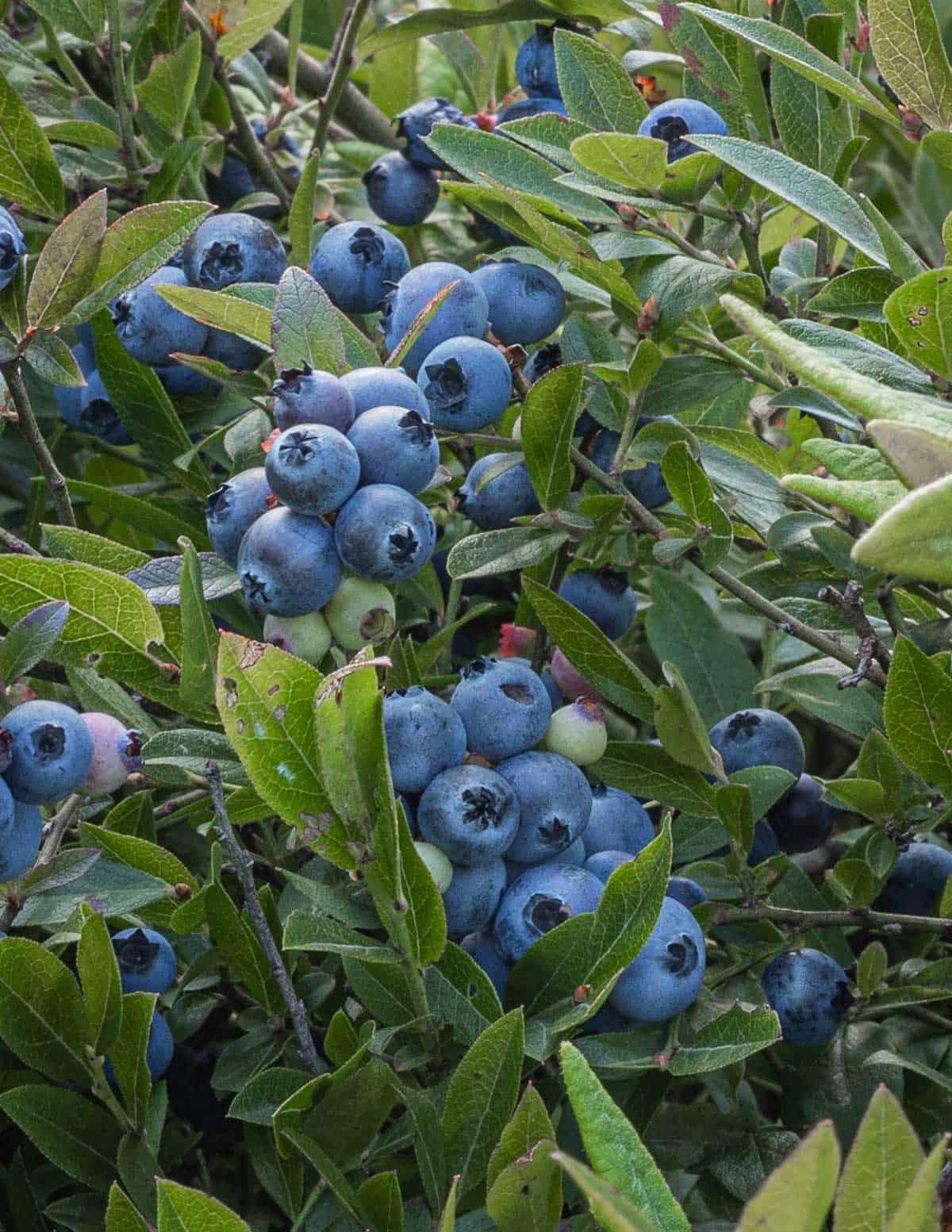
Cultivated highbush blueberries (Vaccinium corymbosum) are the regular blueberries farmed and sold to grocery stores in North America. Those also grow wild, but lowbush blueberry varieties will be what most foragers look for.
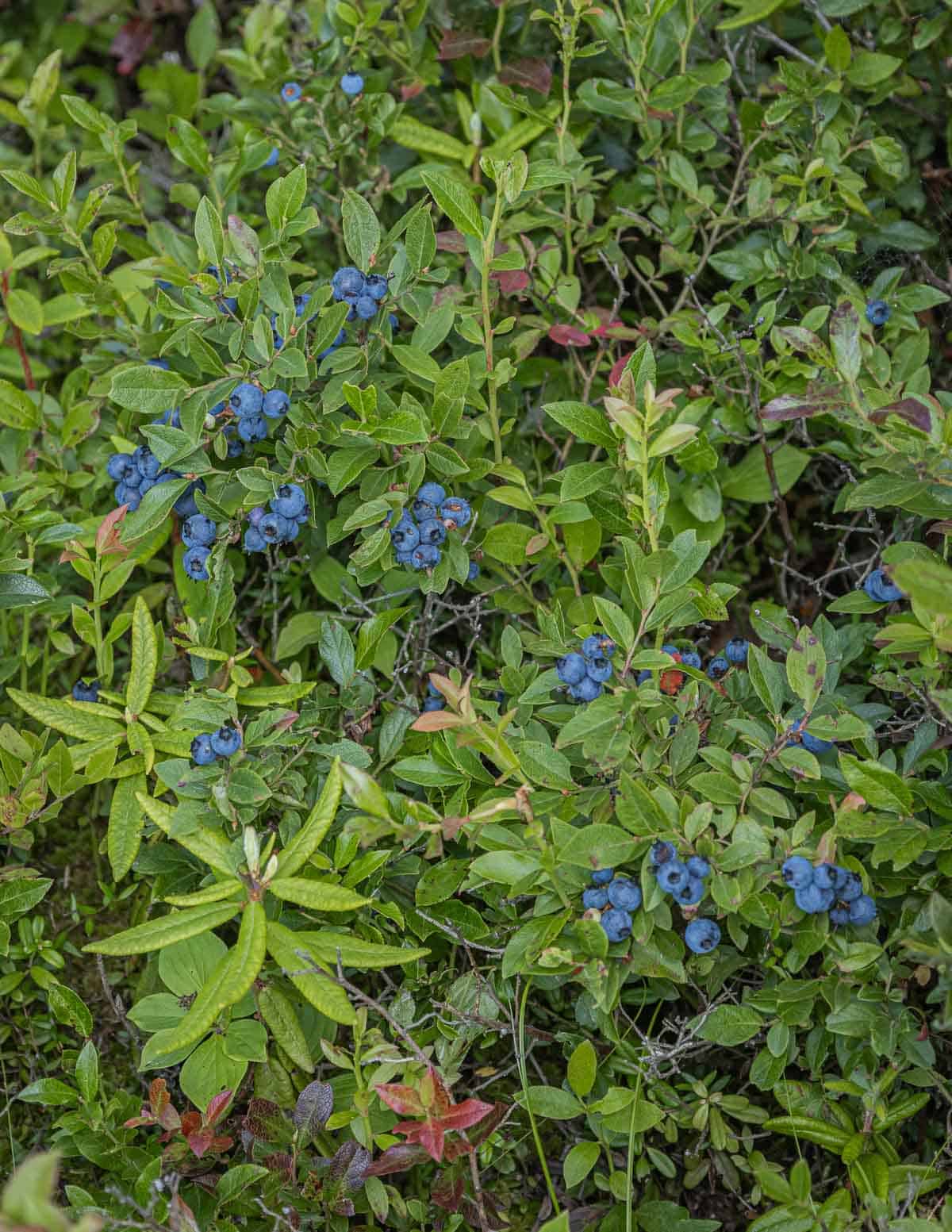
There's many species of lowbush blueberries. The common wild ones are Vaccinium angustifolium, but where I live we also have V. myrtilloides, the velvetleaf or Canadian blueberry. V. myrtilloides has hairy leaves and lacks serrations on the leaf margin where V. angustifolium does not.
How to Identify Wild Blueberries
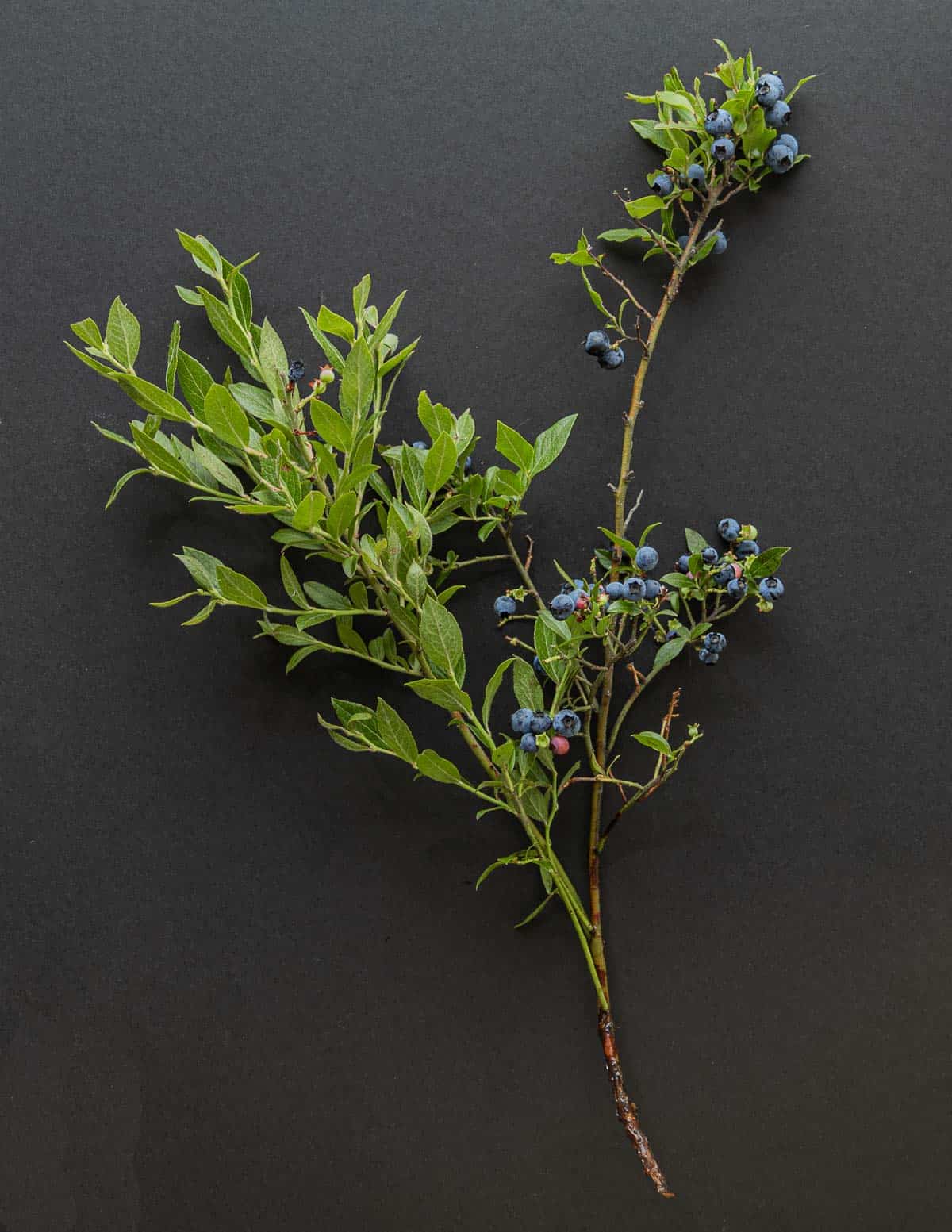
- Wild blueberry plants appear as small shrubs around 8-40 inches tall, spreading by rhizome to form colonies.
- The small, ovate leaves are easy to remember, especially when there's a carpet of them at shin-height.
- Fresh fruit is covered in white bloom. It's a natural yeast, typically a species of Sarcomyces. Seeing the bloom is an indicator of freshness as it's removed by handling.
- There is no stone inside the fruit.
Below: Close ups of the hairless, alternate leaves and fine serration of the leaf margin of V. angustifolium.
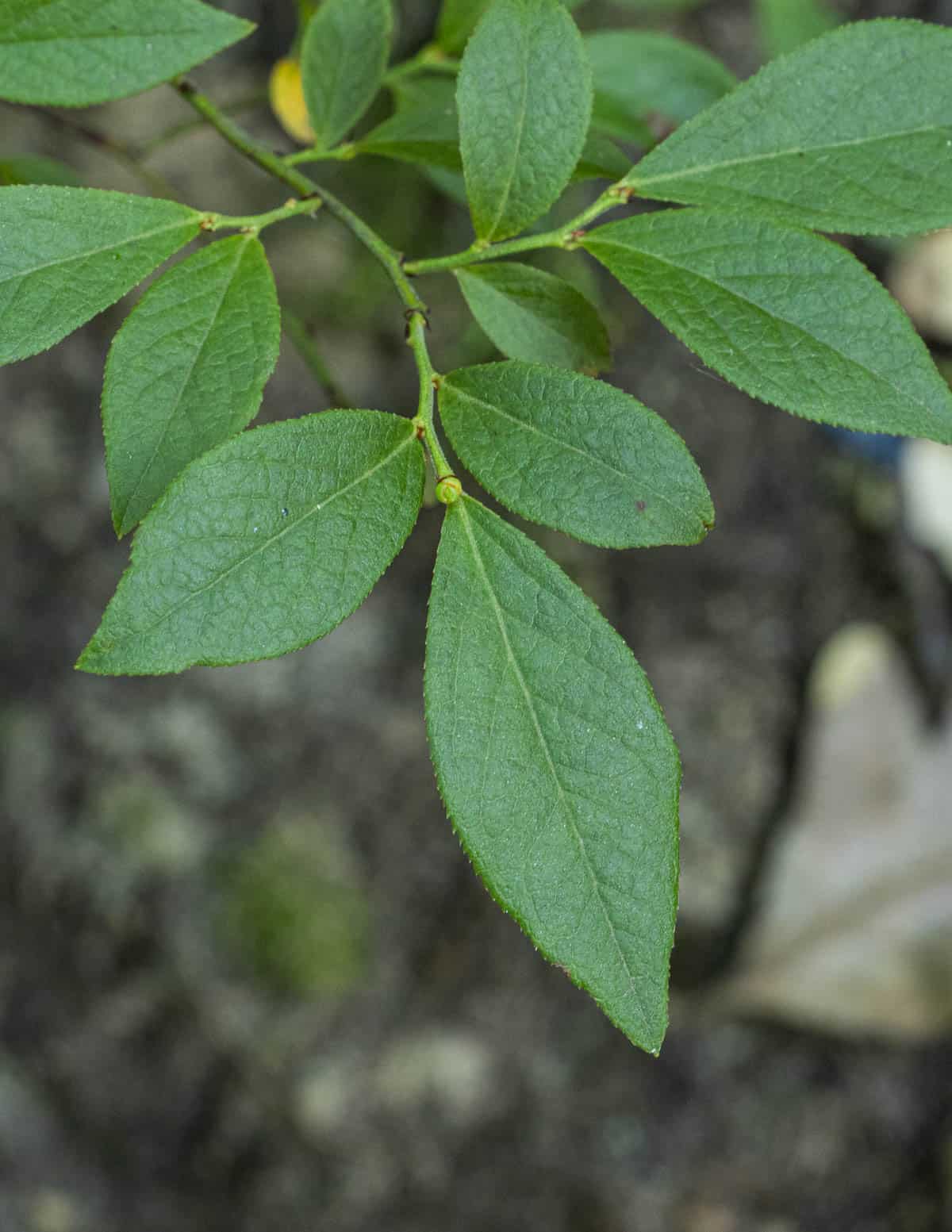
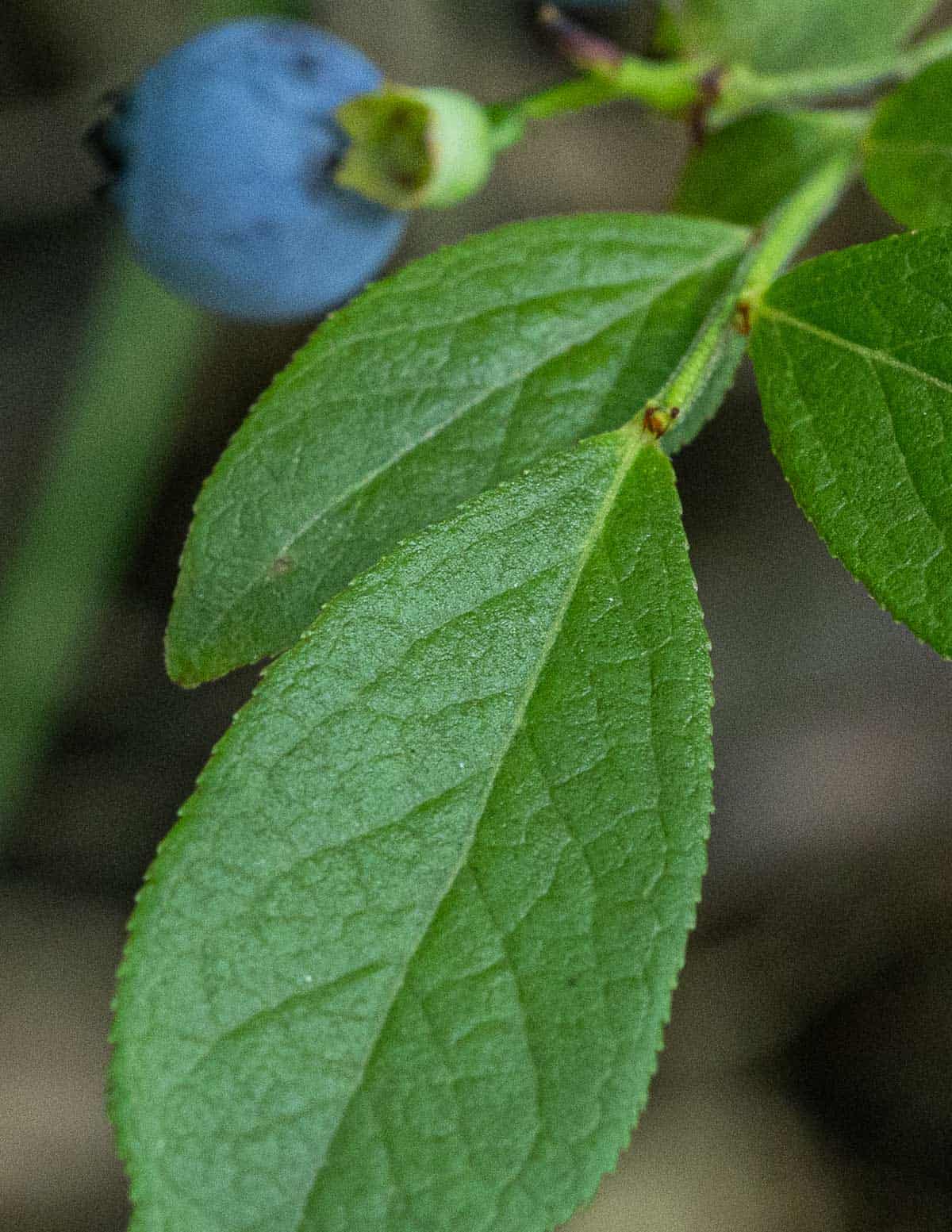
Below: Each fruit has a calyx, or star-shaped, crown opening on the end with five pointed lobes. Berries are dark blue to nearly black when ripe.
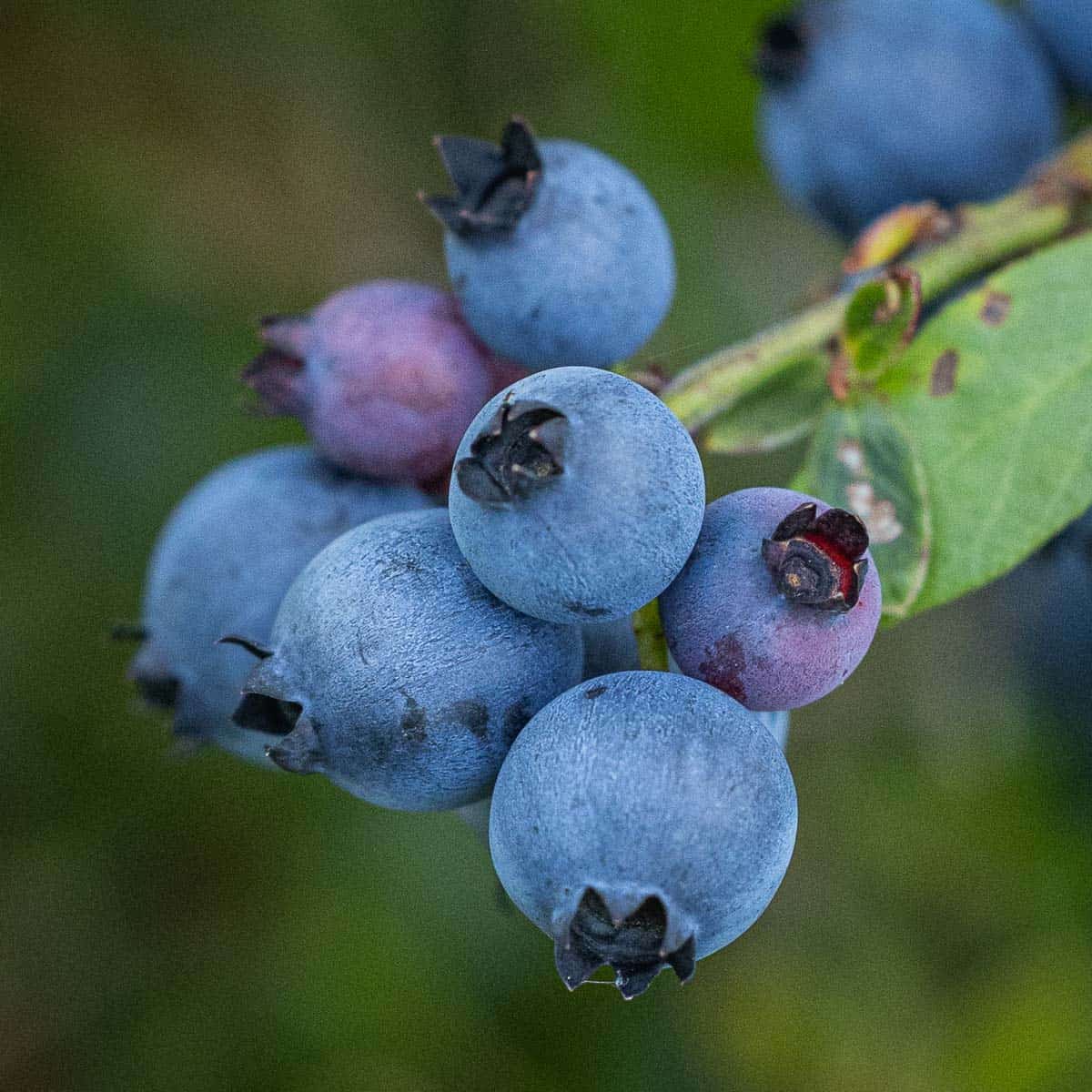
Look-alikes
Blueberries are just one of a number of edible berries in the genus Vaccinium that share a resemblance to blueberries. Huckleberries, bilberries and deerberries are also vacciniums. Serviceberries are often nearby too.
I think the plant most likely to be mistaken for a blueberry is the sand cherry. They can grow nearby and can crack teeth if they get mixed in.
Below: Sand cherries (Prunus pumila) may grow intermingled with blueberries.
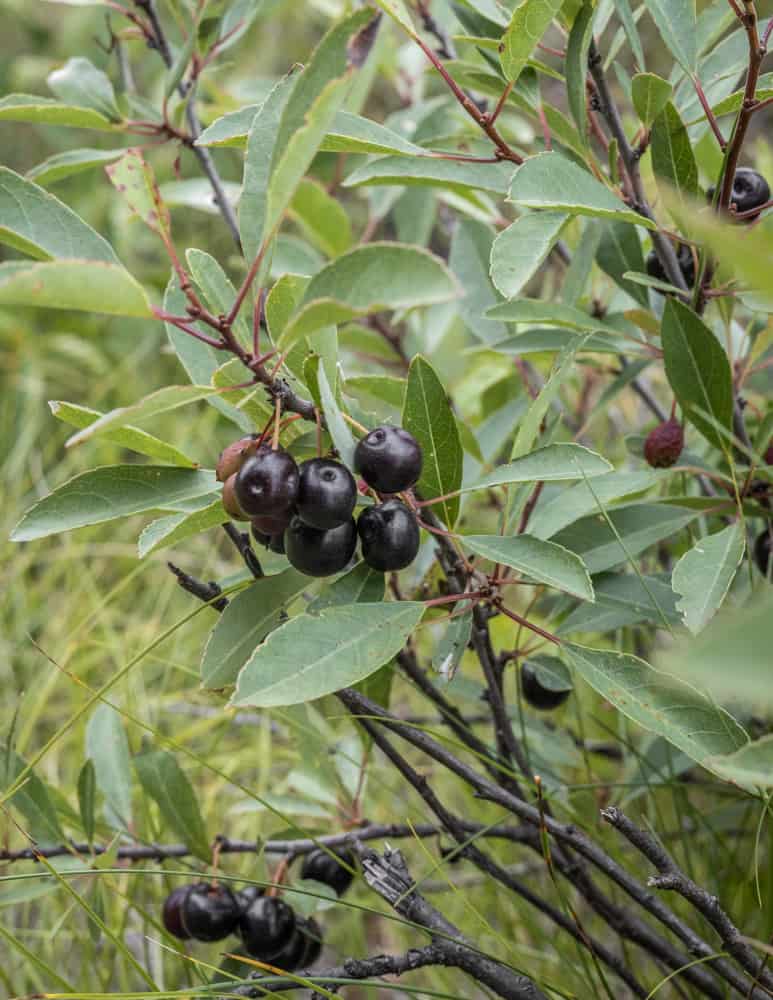
Some look alikes can be poisonous, If you haven't picked blueberries before, be familiar with nightshades (belladonna), pokeweed seeds, and especially Virginia creeper berries-a mistake a friend of mine almost made this week.
Below: Virginia creeper berries have red stems and lack the 5-pointed calyx of blueberries.
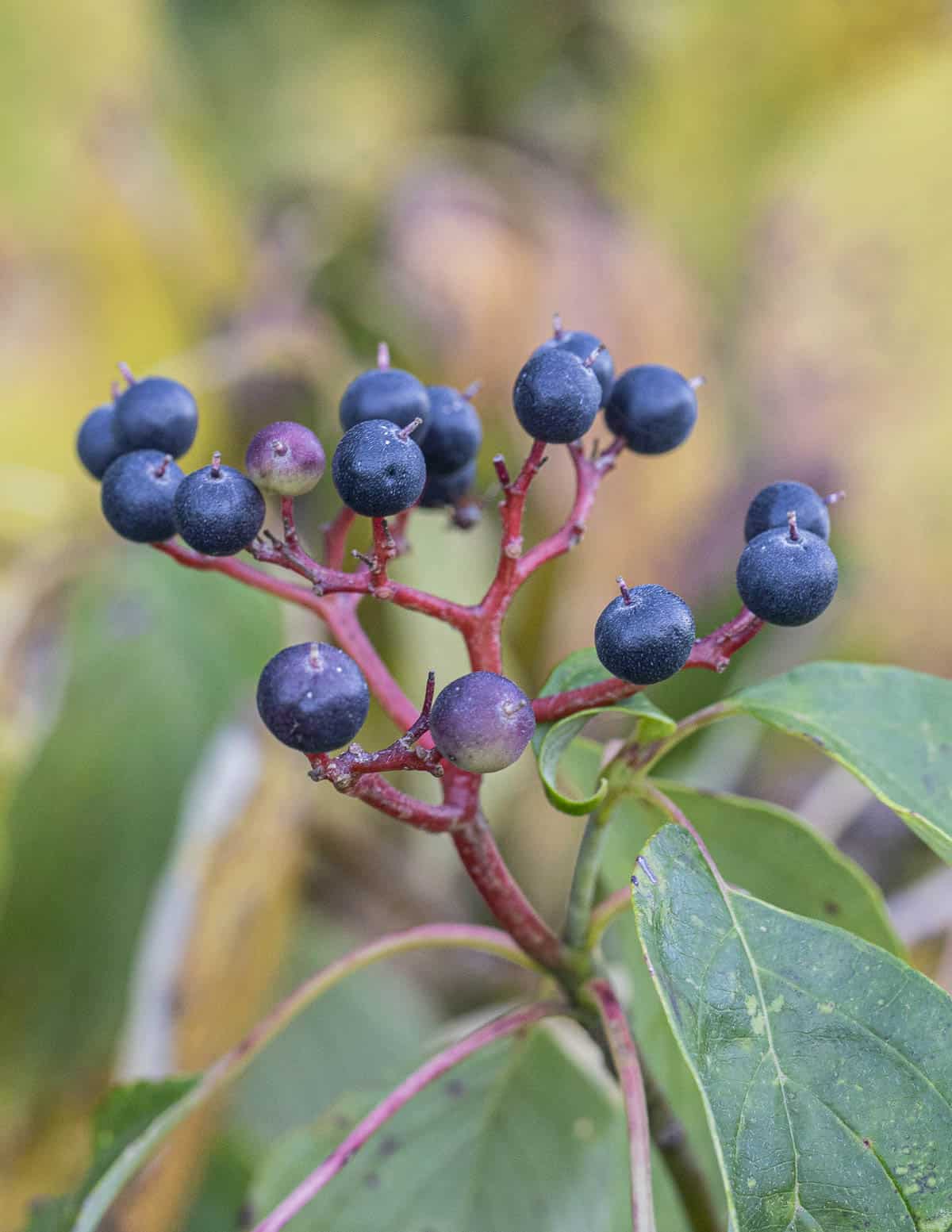
When Do Wild Blueberries Ripen?
Blueberries ripen unevenly on the plant and each year is different, but similar.
Depending on if you pick by hand or with a rake, wild blueberry season can potentially be a month or longer, roughly July 4-Aug 4. If you pick by hand, you can pick around any unripe blueberries, so the harvesting window is longer.
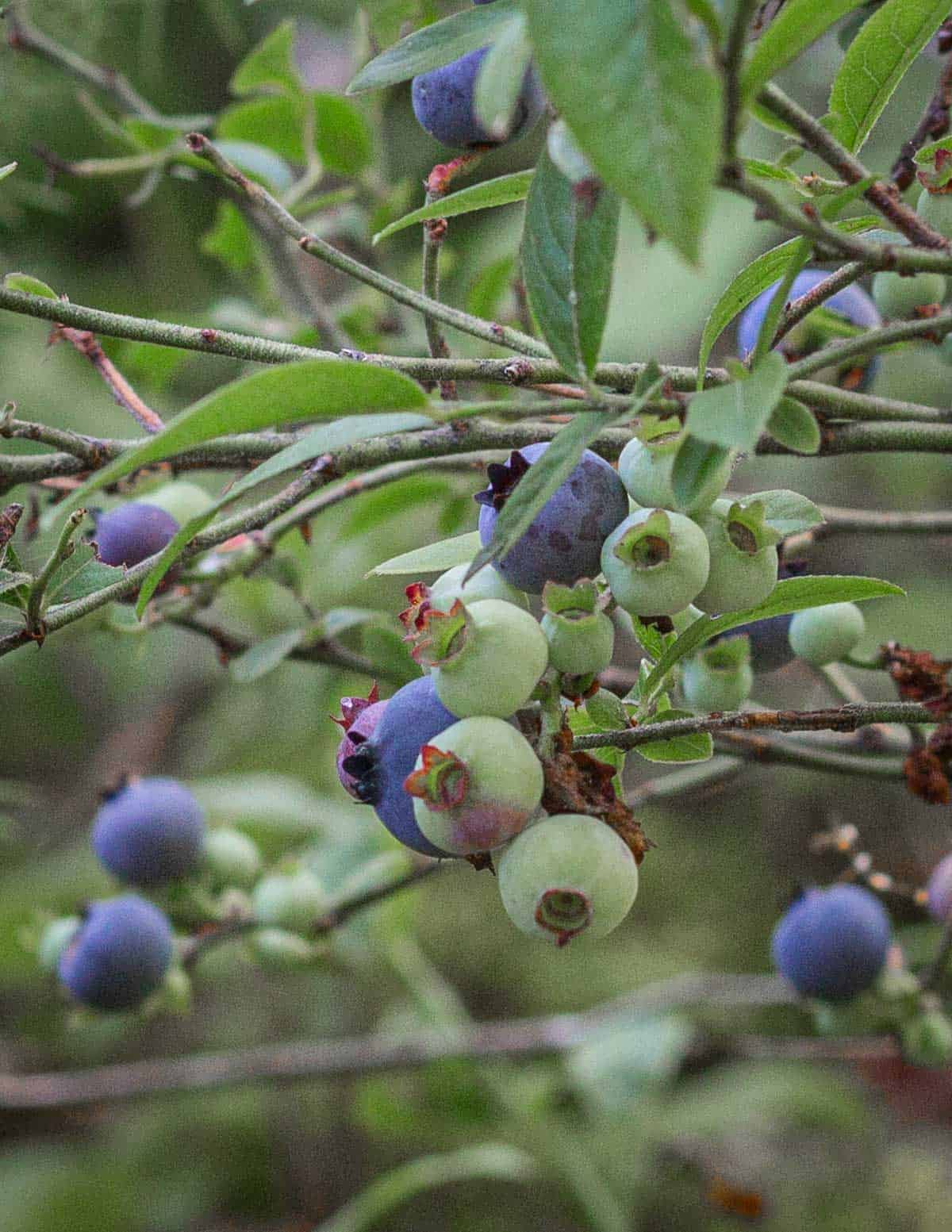
If you harvest with a rake, you want the least amount of unripe berries on the plants as possible. Harvesting with a rake, wild blueberry season is dependably the last week of July-through the first week of August for me.
Where To Find Wild Blueberries
Native Americans knew blueberries were a fire-adapted plant and would regularly burn areas to encourage their growth. While you can find them in the woods, the largest harvests will be in recently burned and logged woods, open barrens and young forests that don't give much shade.
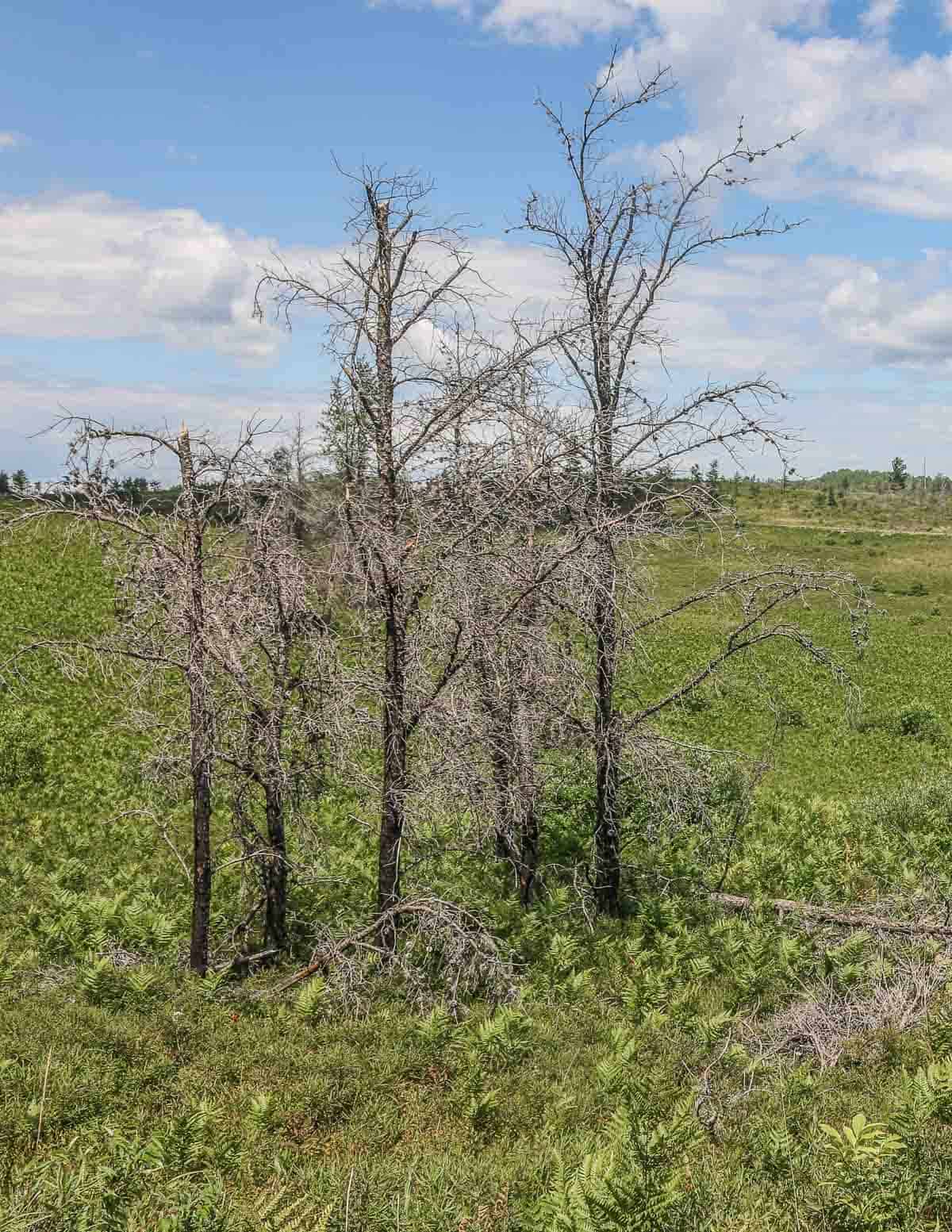
Below: skeletons of burned trees, now surrounded by acres of wild blueberries.
Poor soil is key, and I look for areas that are well drained without mature trees, although large clearings can work.
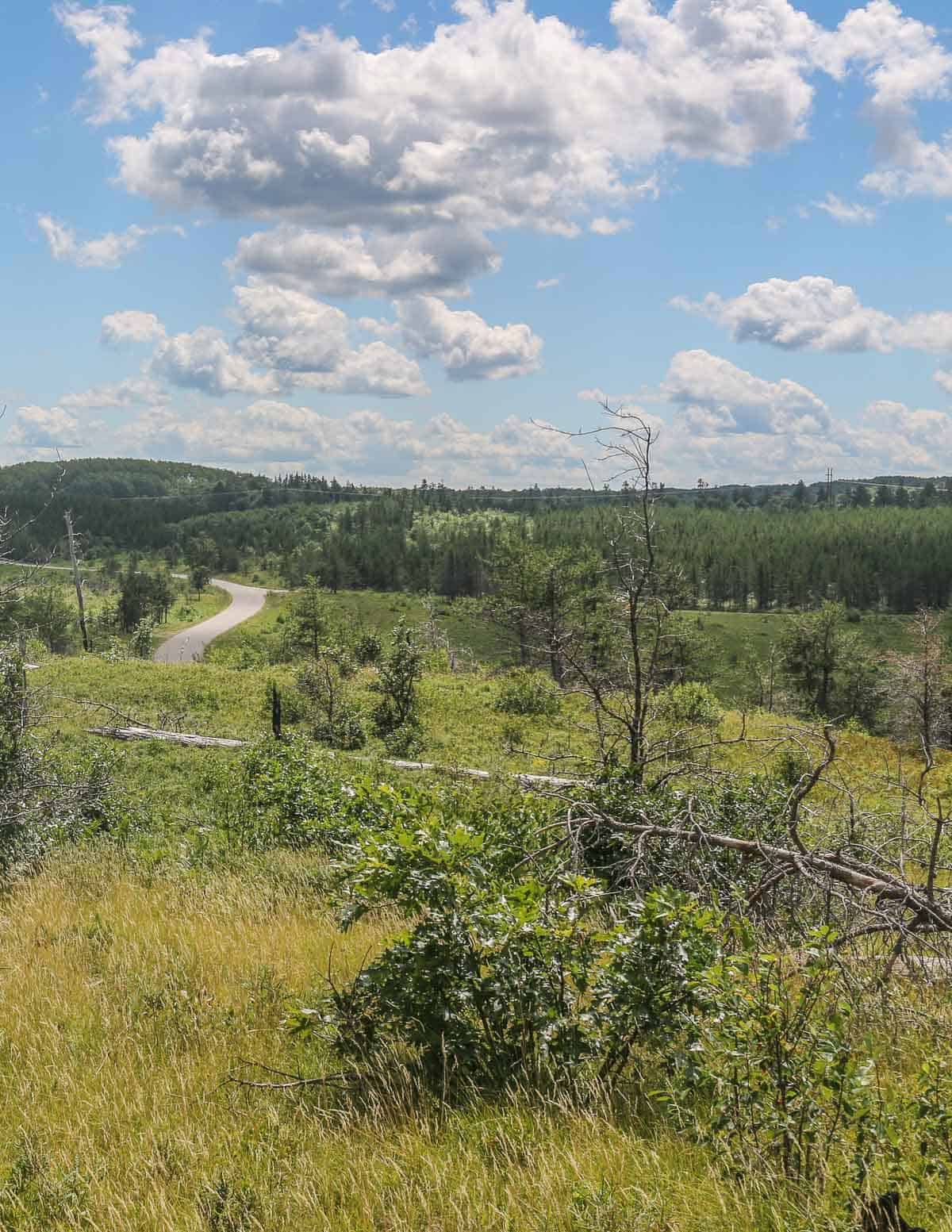
Above: the pine barrens of Northern Wisconsin.
Companion Plants
One of the best parts of the harvest is checking on the other edible plants you can harvest a week or two after the berries. I usually smell the sweet fern when I open my car, and I can often find all of the following wild foods within a stones throw of where my wild blueberries grow:
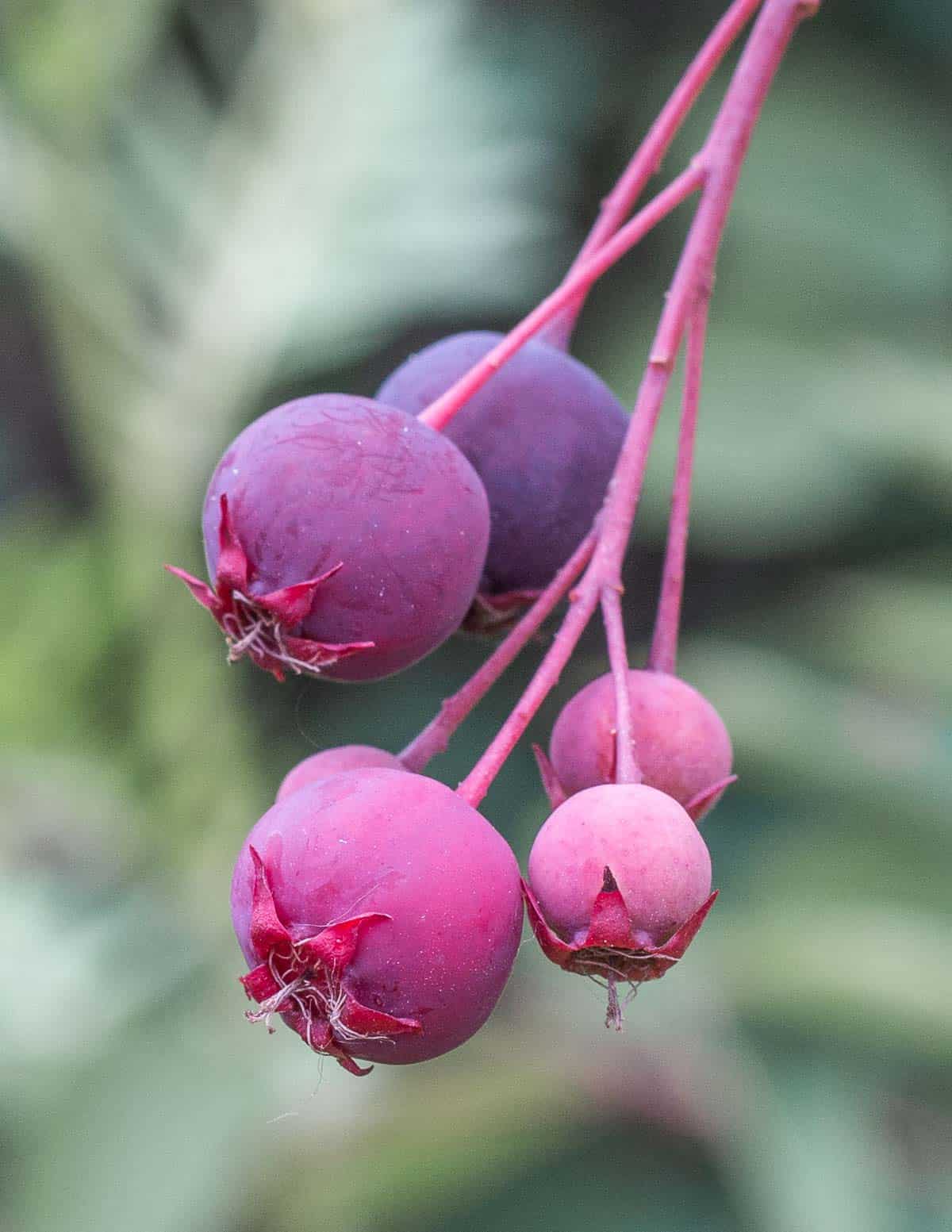
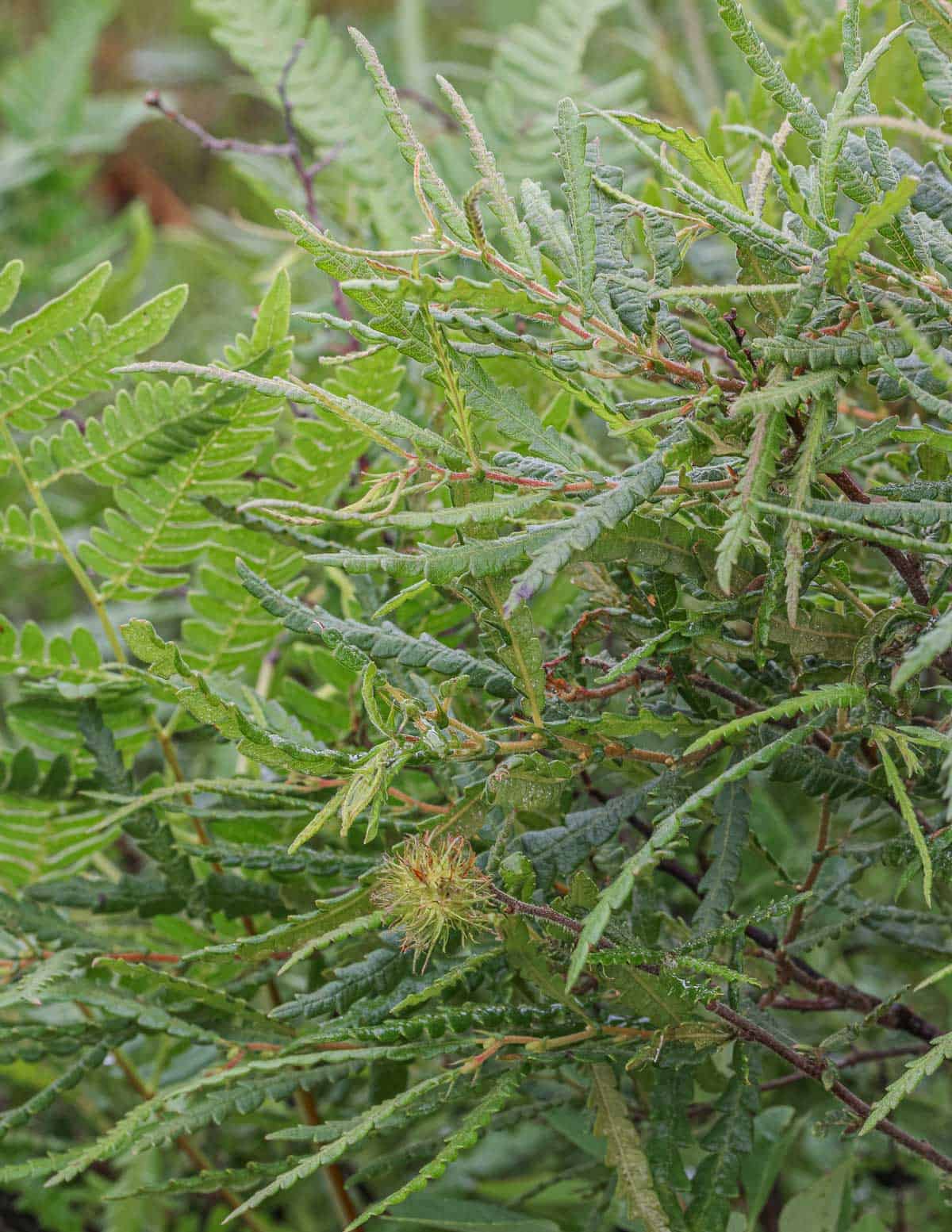
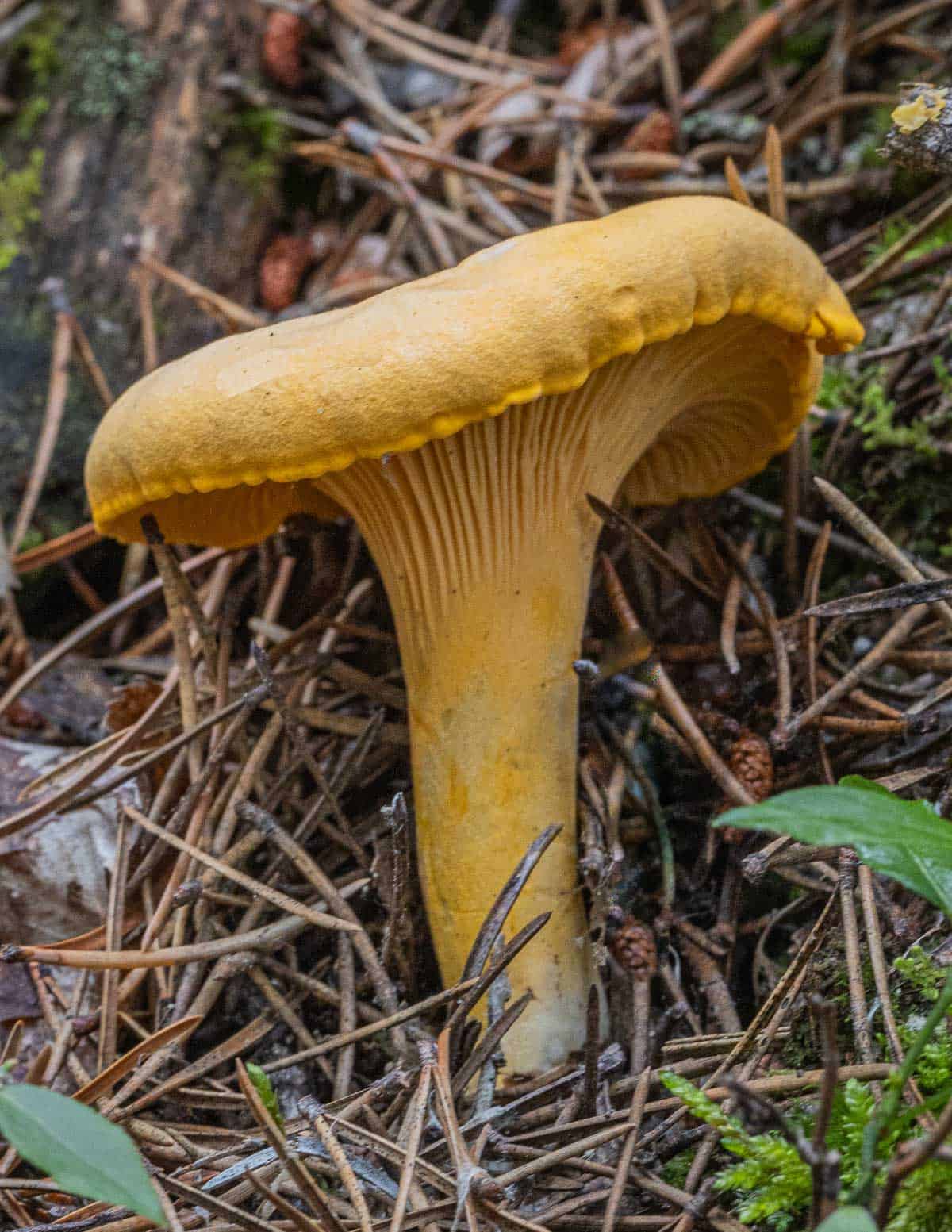
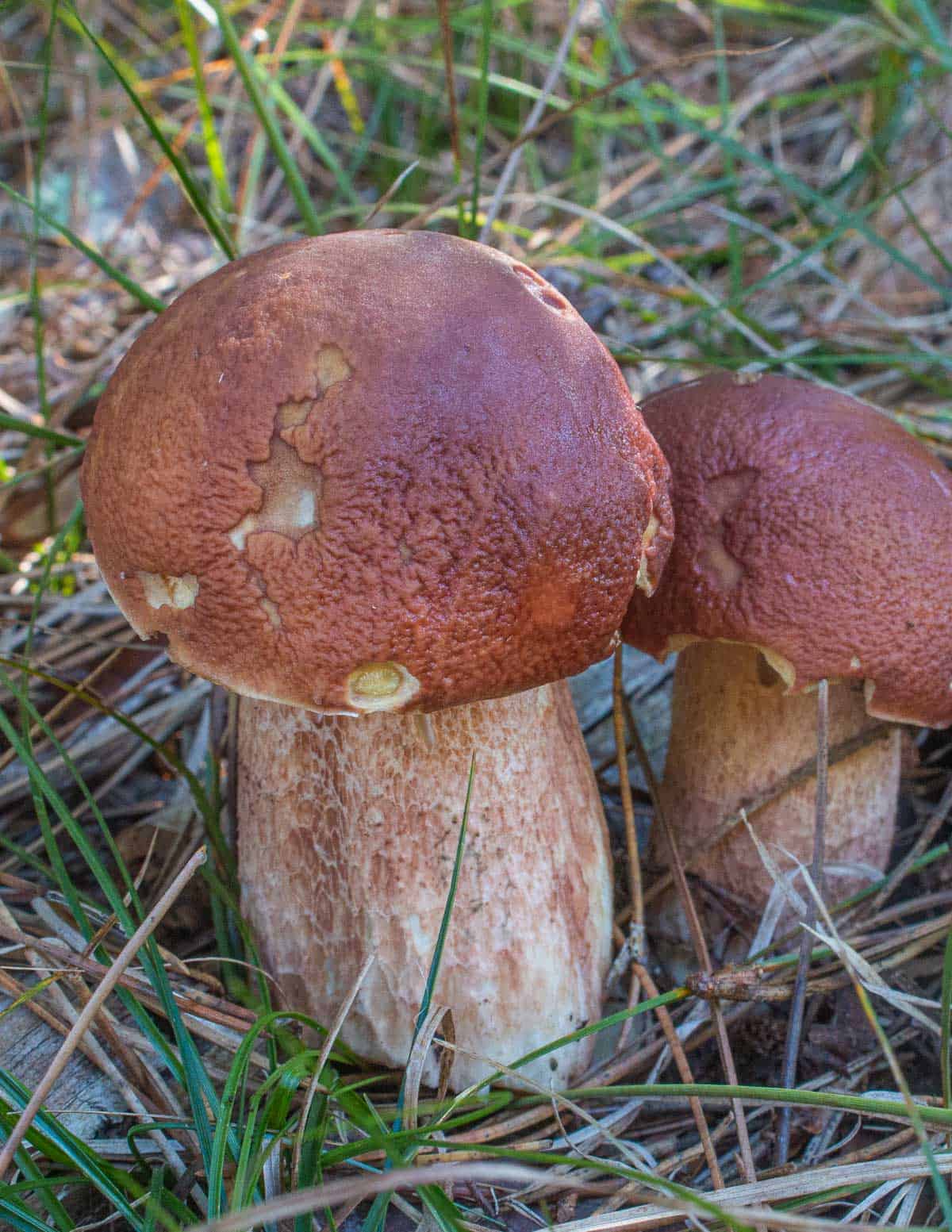
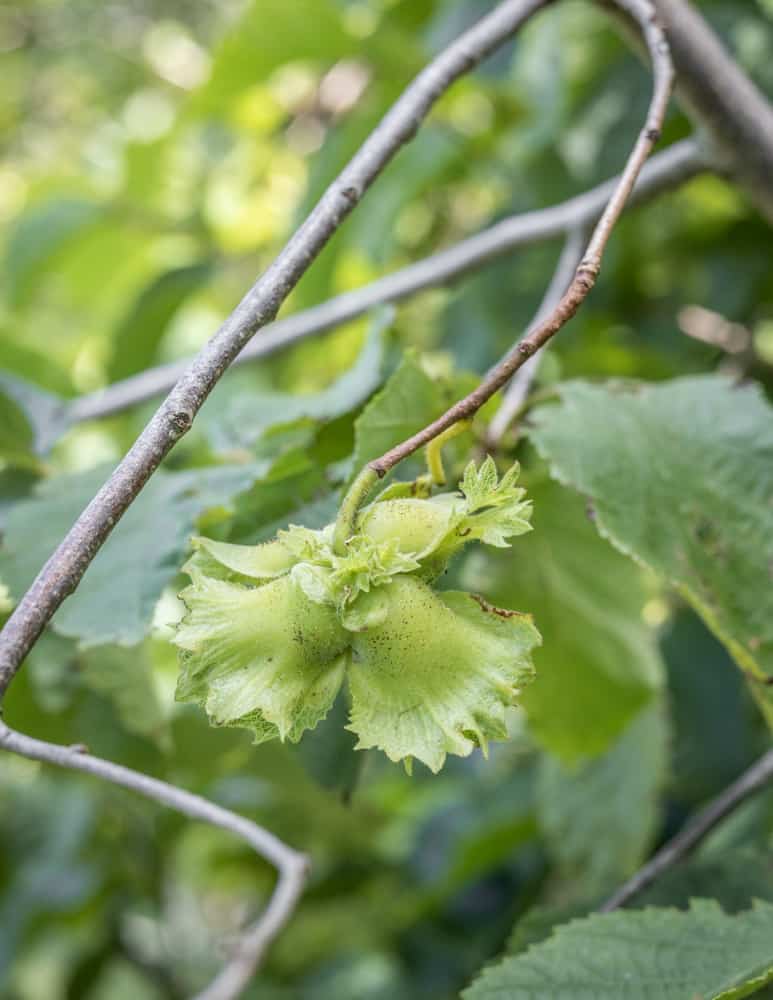
Below: Gather pin cherries, chokecherries and sand cherries at the end of blueberry season in the same areas.
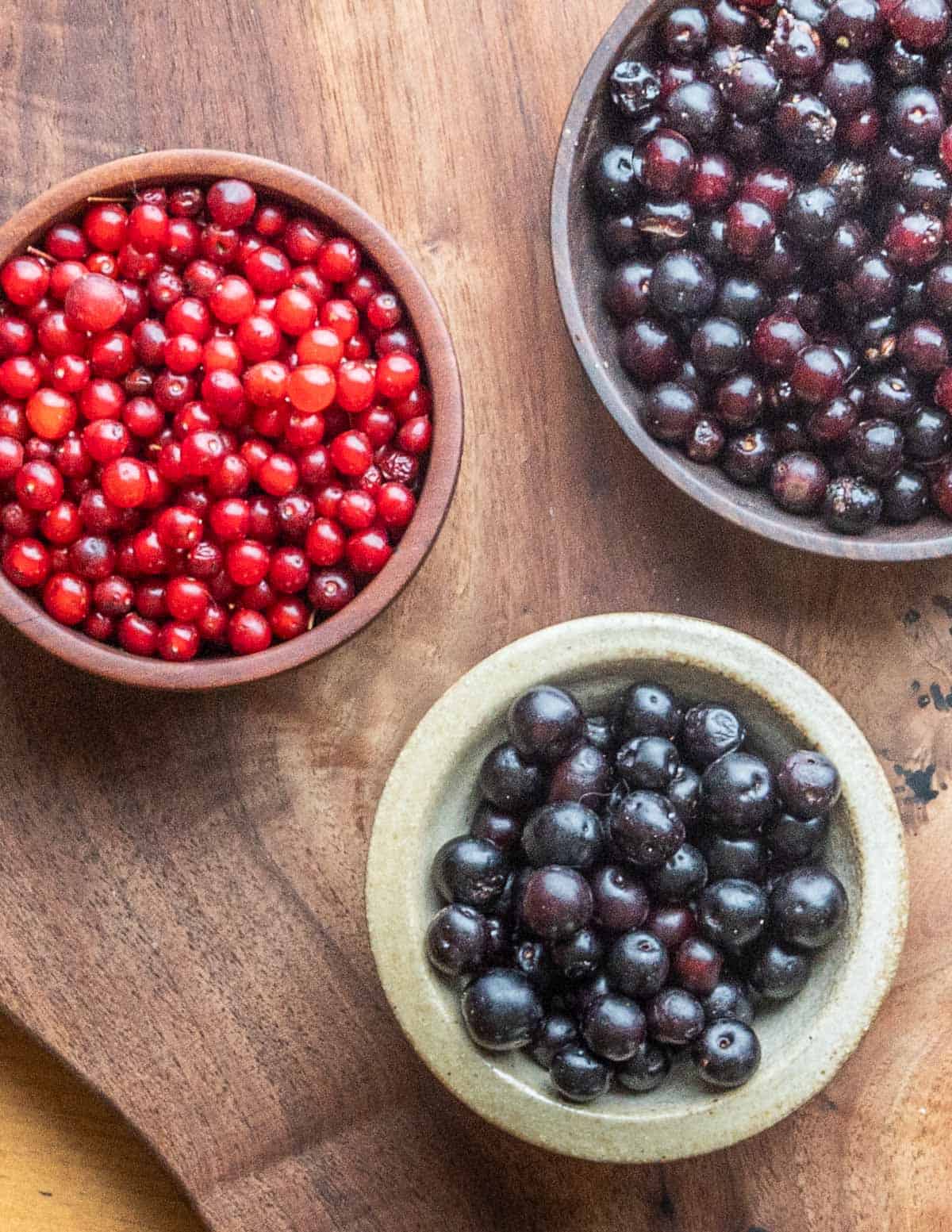
Harvesting / Picking Wild Blueberries
There's two options: harvesting by hand, and harvesting with a blueberry rake. There's nothing wrong with picking by hand, but if you're serious about using wild blueberries as a food source I recommend a rake.
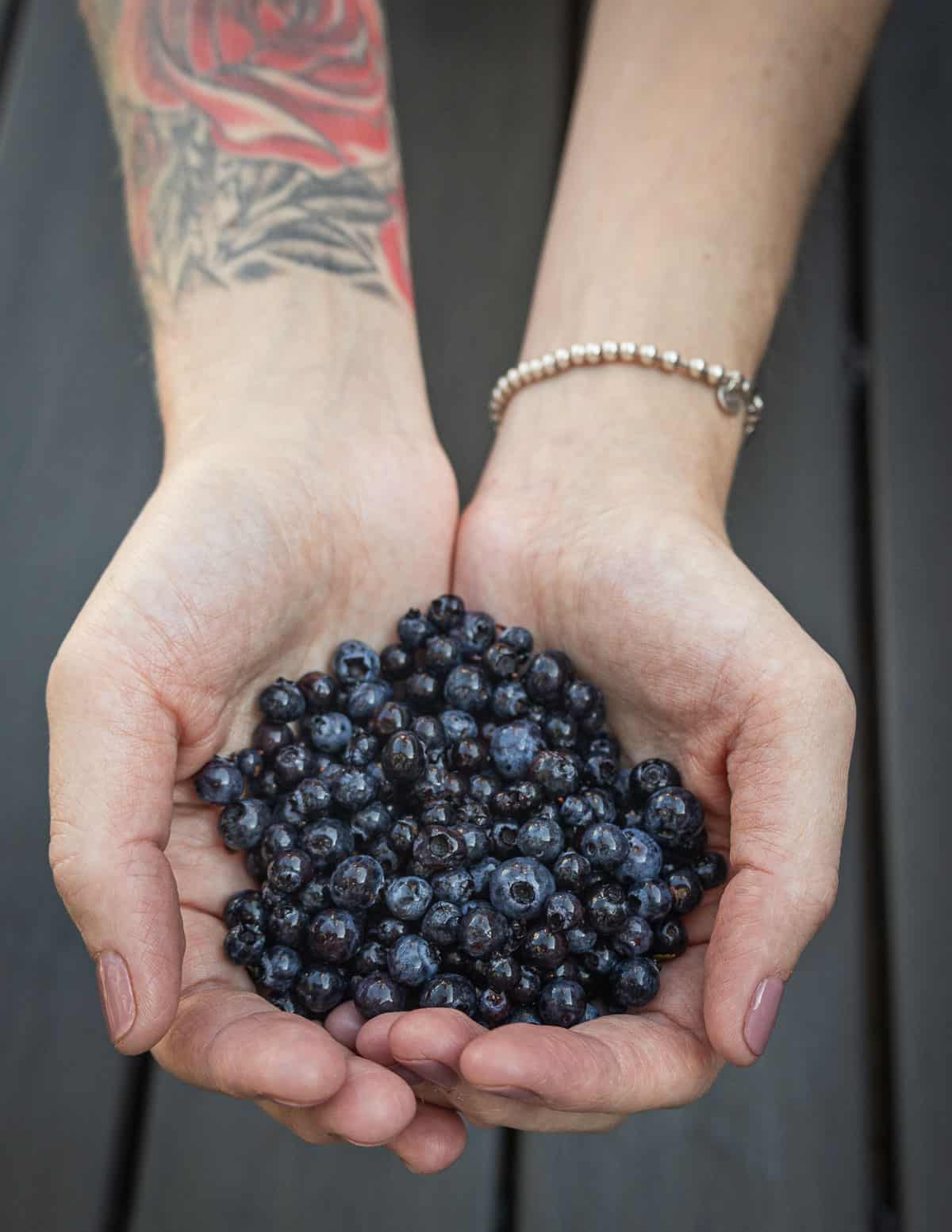
I know a family that might call 60 gallons (~300 lbs) a good year. When they get that many, they might make a real delicacy: wild blueberry juice.
Picking Blueberries By Hand
Harvesting by hand is the leisurely way. Benefits to hand-harvesting are that you have a wider window for gathering, and your berries will be pristine, needing no further cleaning. The downside is I'd expect to pick a quart an hour or a little more by hand, depending on how many I'm eating while I harvest.
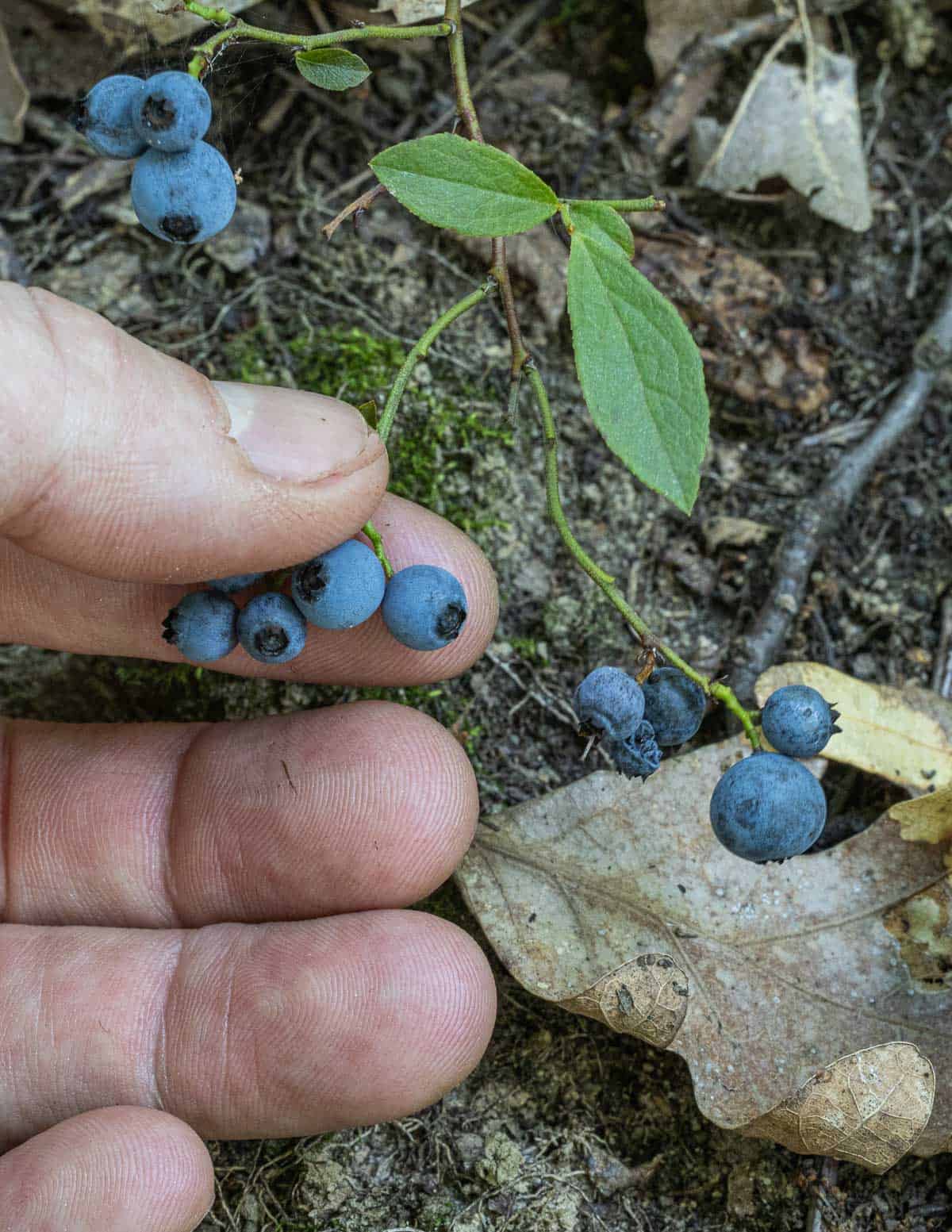
With a Blueberry Rake
Using a blueberry rake is the most efficient way to harvest and is what the pros do. In a good patch, on a good year, I can harvest at least 10-15 lbs an hour, compared to a 1-1.5 lbs by hand.
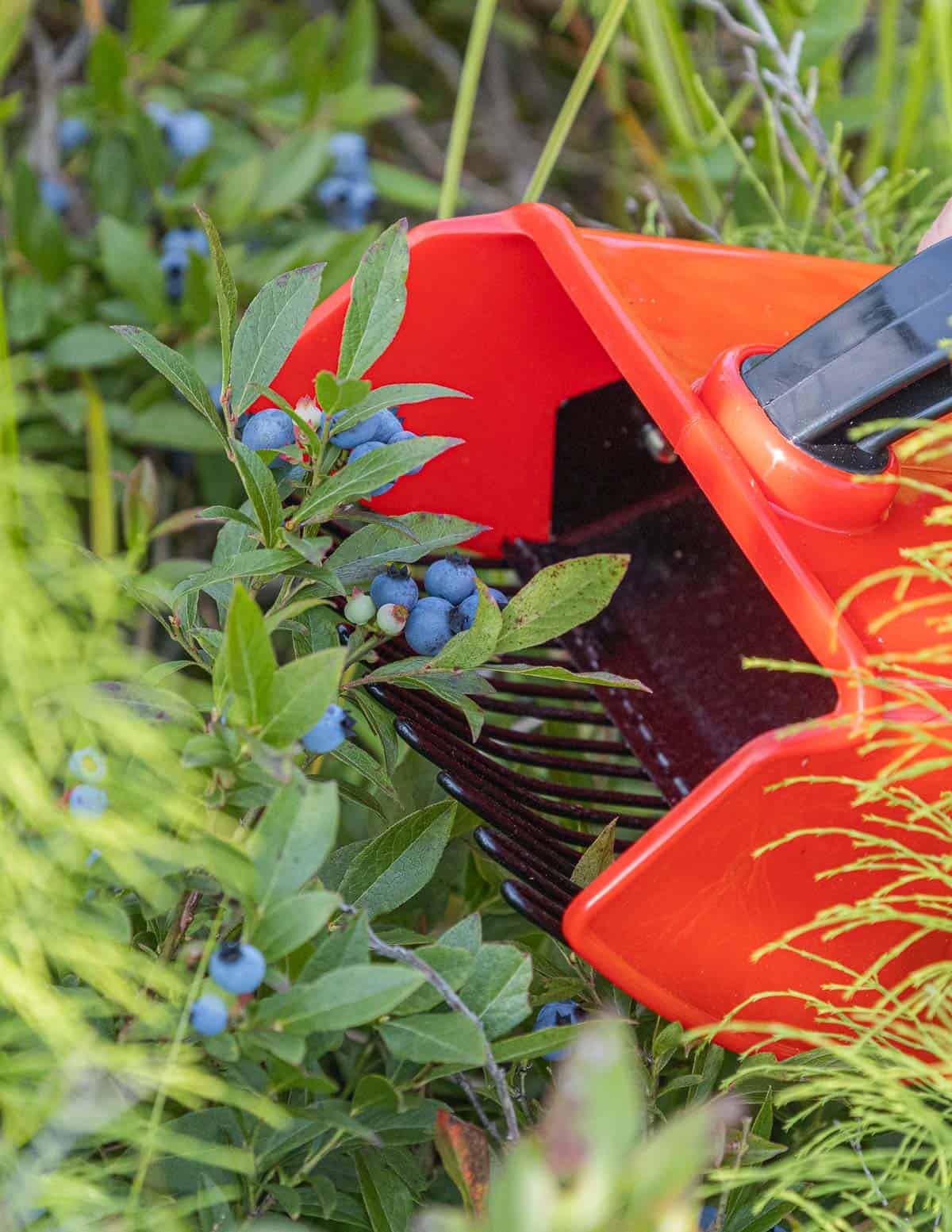
The tradeoff to raking is you'll have some bruised berries and the fruit needs to be winnowed to remove any twigs and debris before storing.
Below: berries before winnowing to remove stems and leaves.
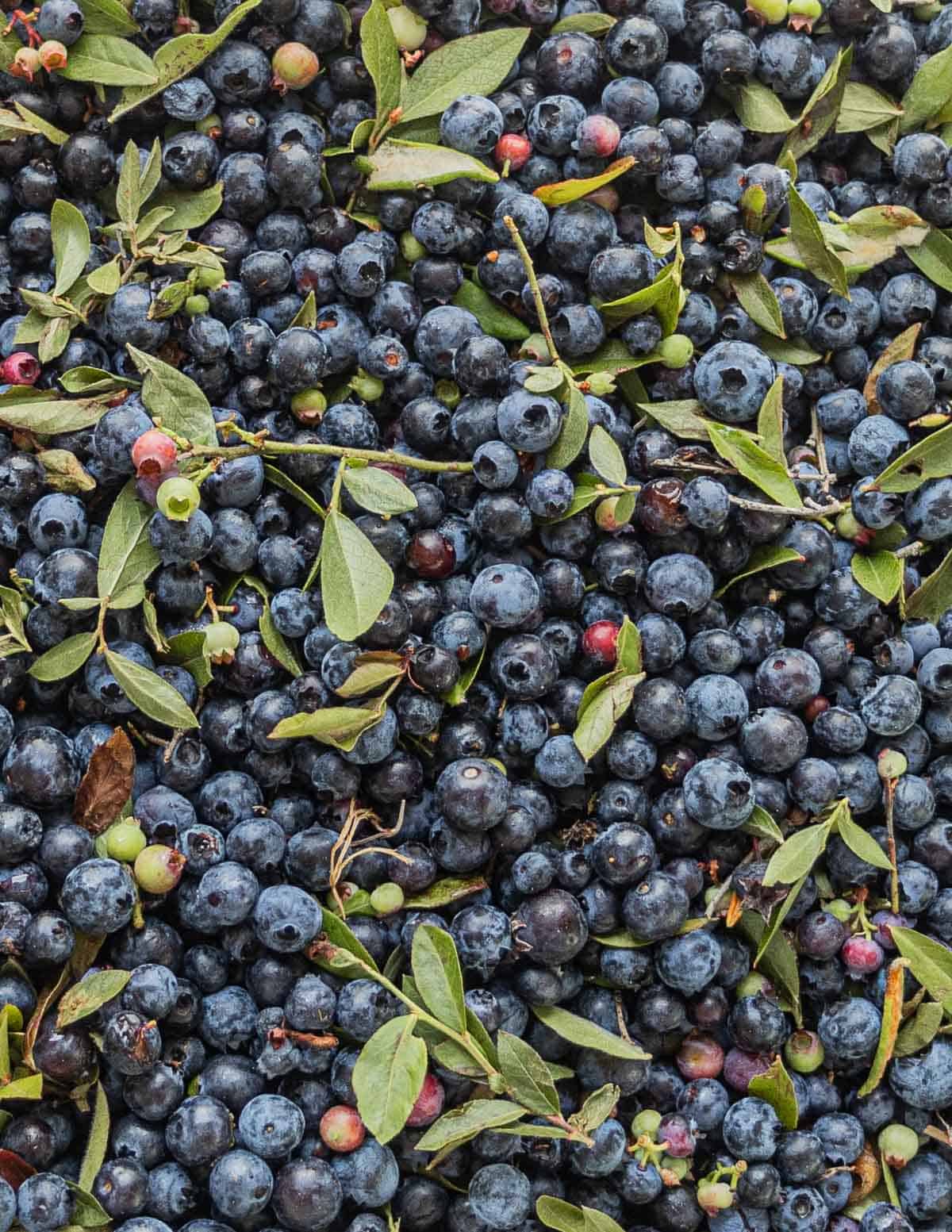
There's no need to wash wild blueberries and it can ruin them by washing away their flavor, especially if they've been harvested with a rake.
Below: blueberries after winnowing.
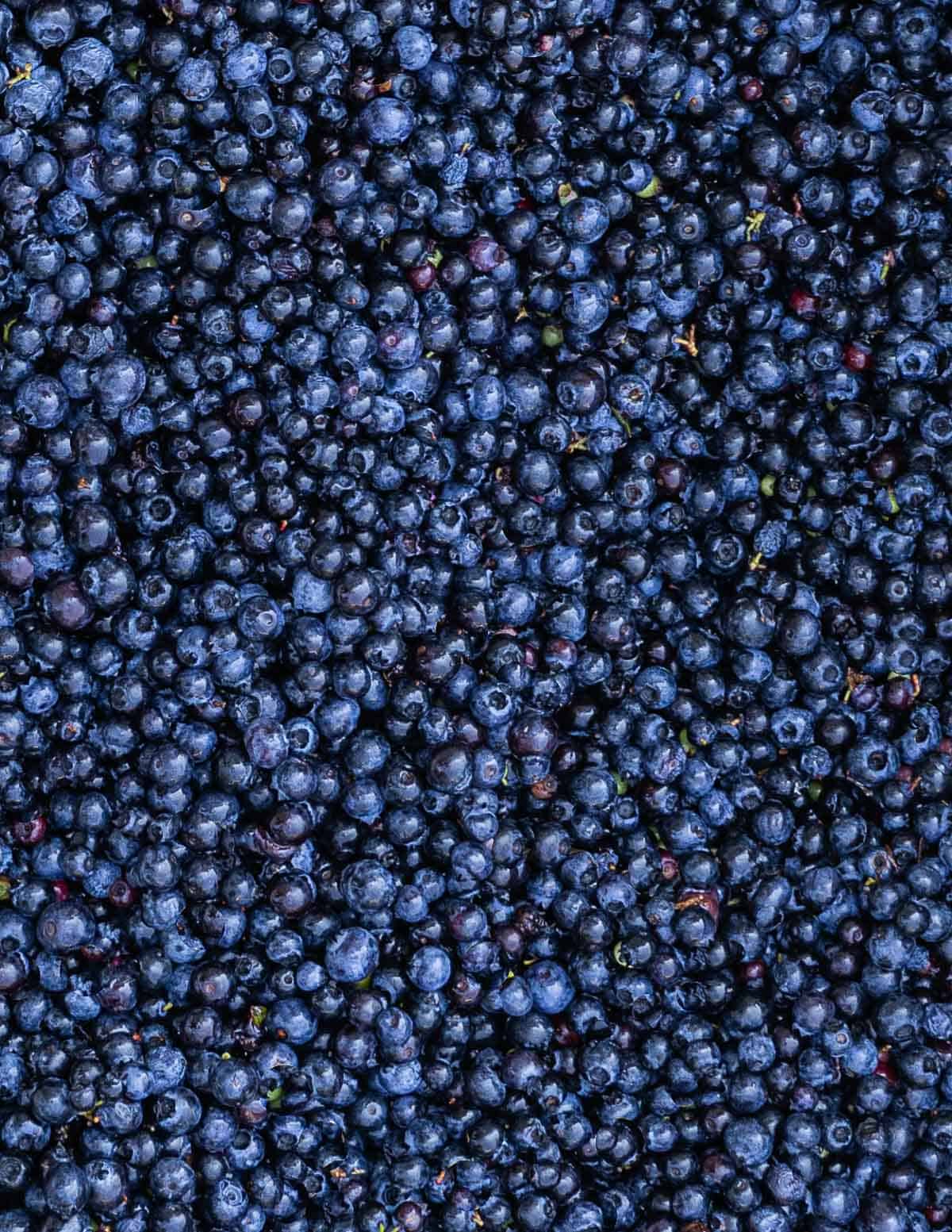
How to Winnow Blueberries
If you use a rake, you'll need to remove twigs and leaves by winnowing. You'll need a box fan and two large mixing bowls.
Turn the fan on and slowly drop the berries from one bowl into the other. As they fall, the leaves will be blown away, leaving the berries behind.
Below: winnowing away twigs and leaves, and removing unripe berries.
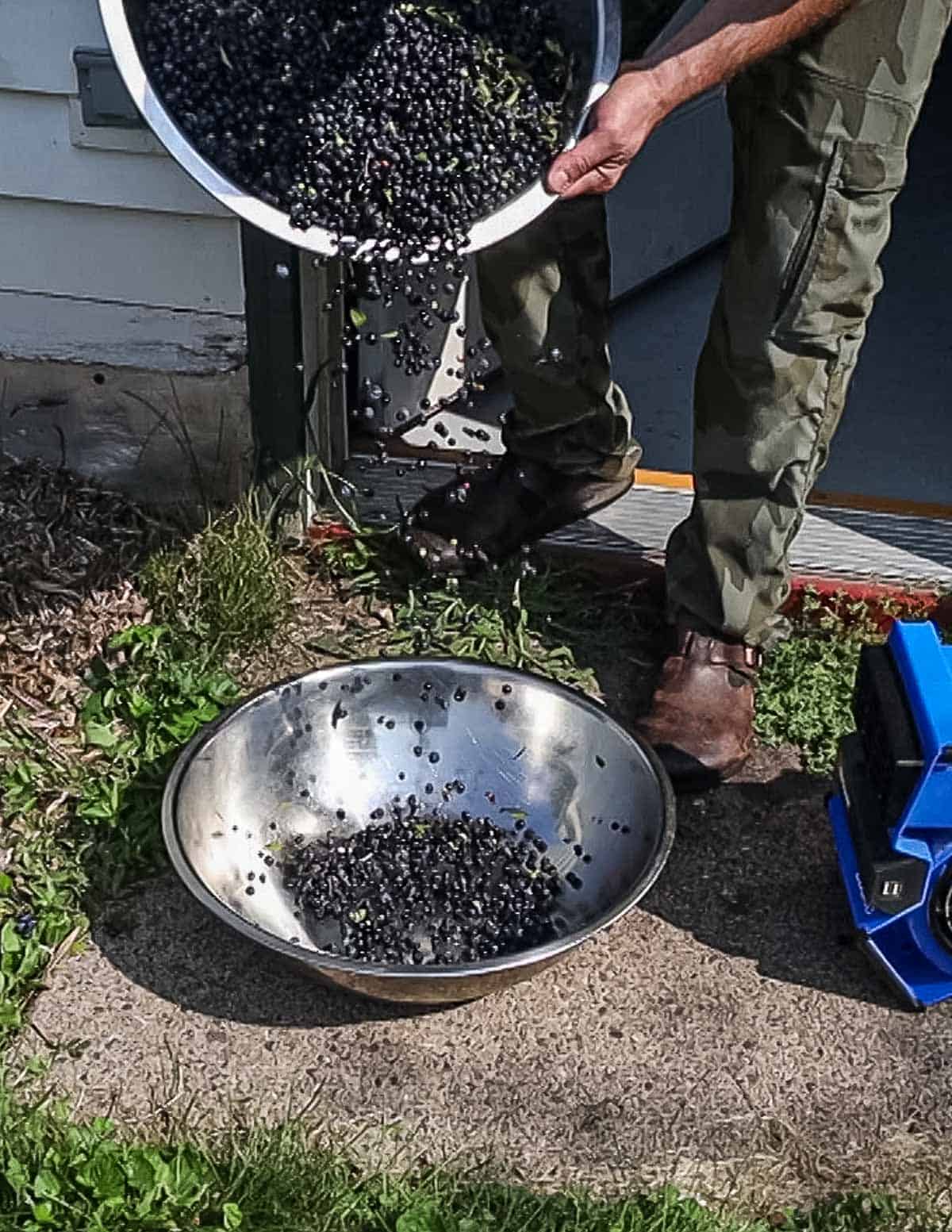
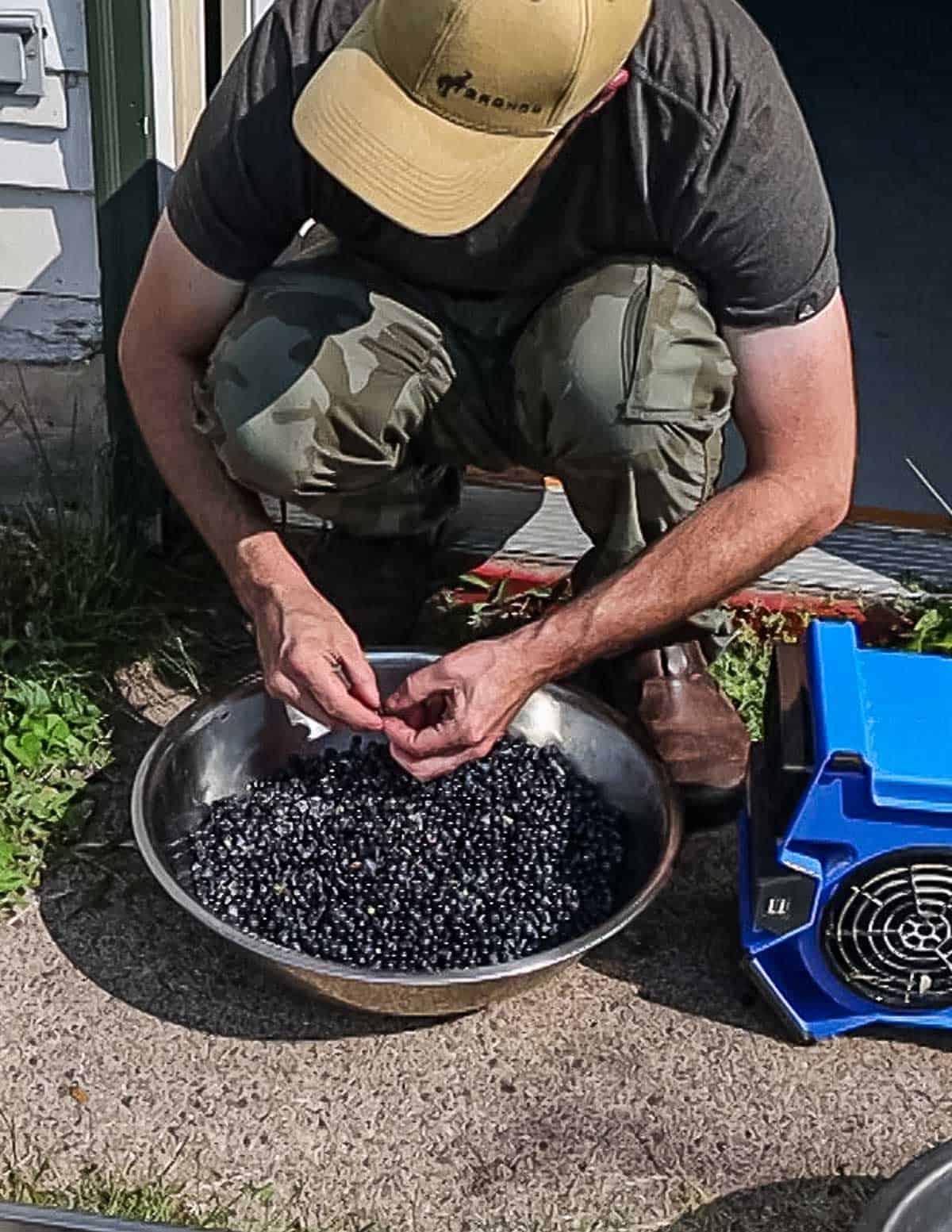
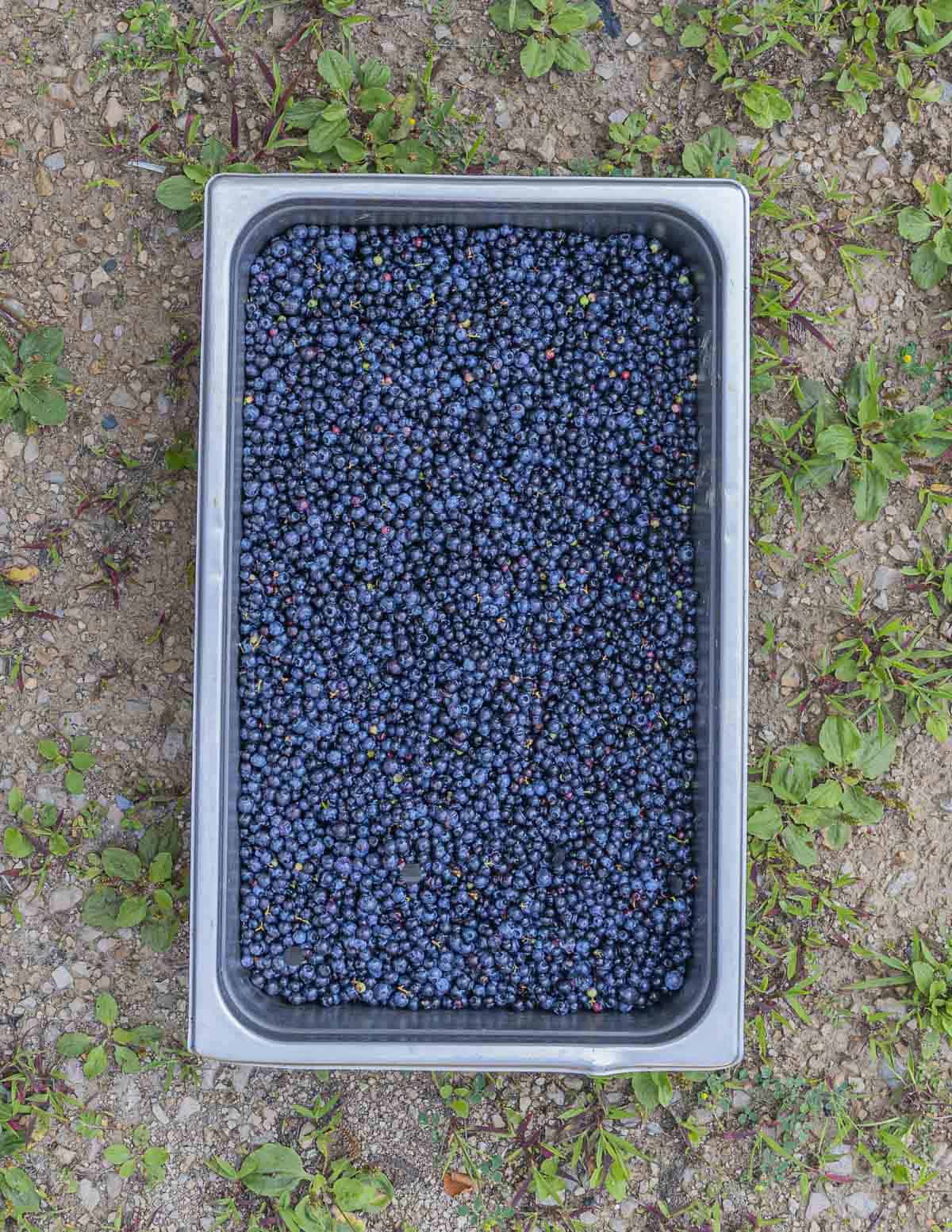
It's important to winnow the fruit soon after harvesting so the leaves don't stick to the berries. I also demonstrate this in the video.
Pro Tips
- The ONx app shows years of wildfires and burns in your area to make location scouting easier, pictured below.
- Pine barrens or jack pine forest burned two years prior can produce incredible amounts of fruit for years to come.
- When harvesting large amounts, store the fruit in shallow containers like under bed boxes. This spreads out their surface area, keeping them cool and preventing fermentation until they can be processed.

Below: polycarbonate food containers are durable and great for carrying around the blueberry patch.
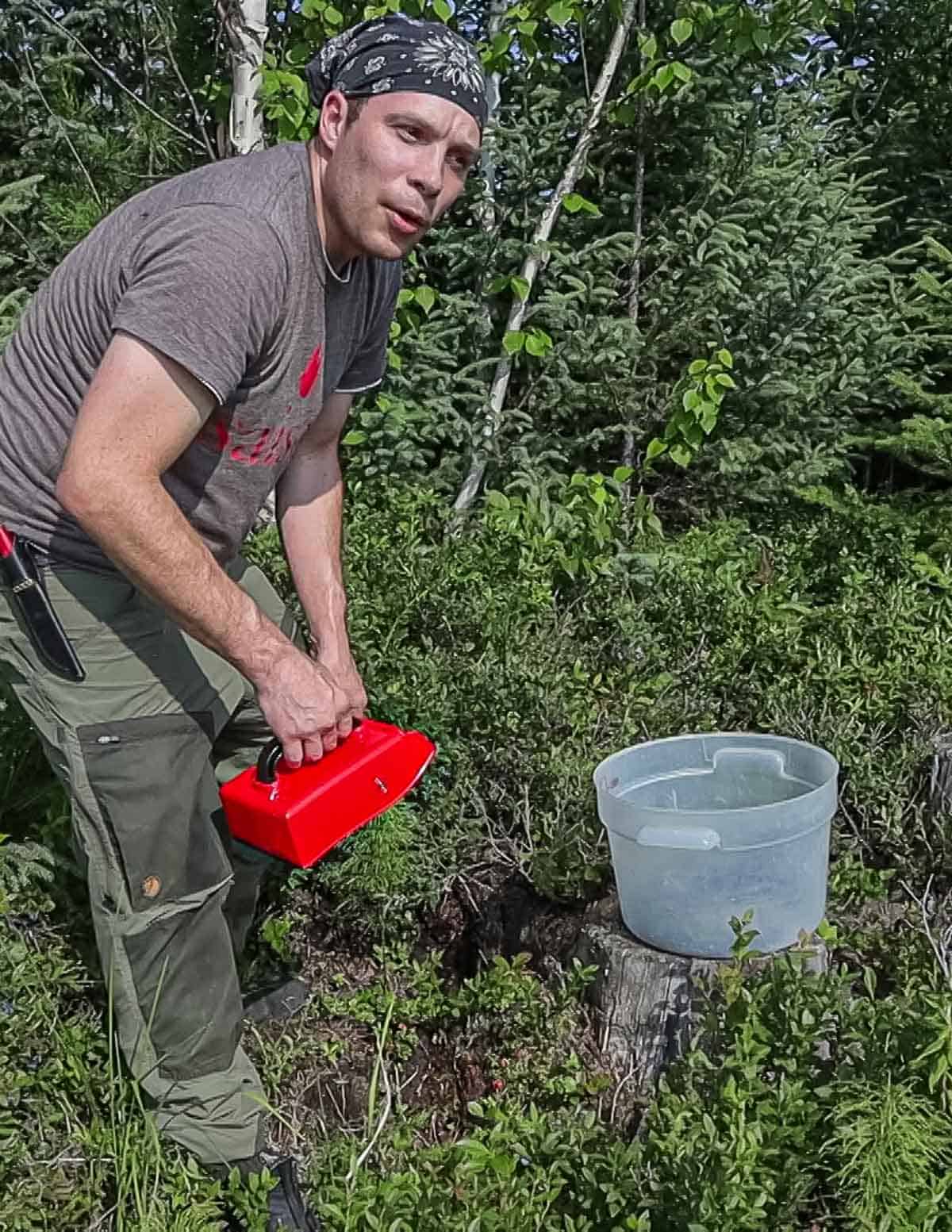
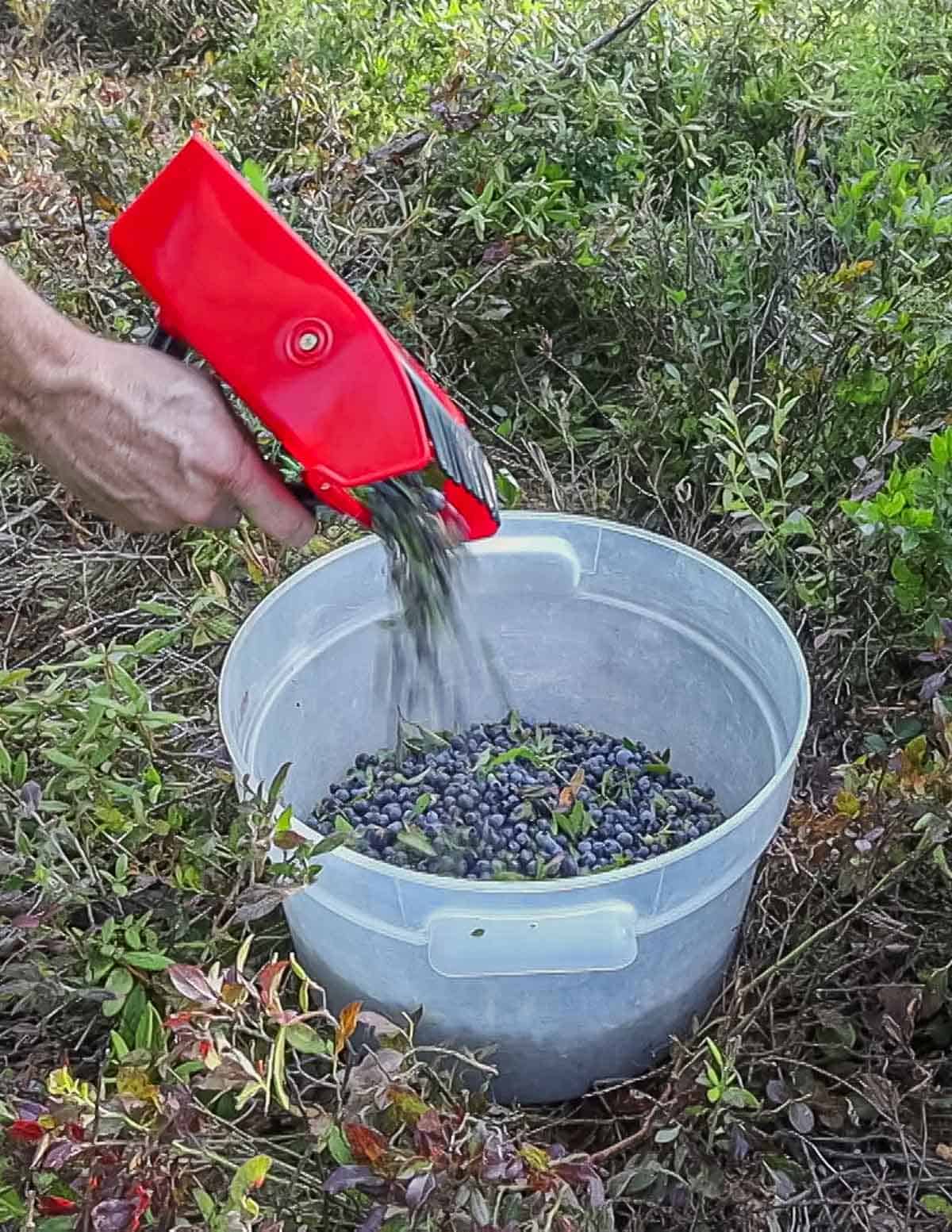
Recipes with Wild Blueberries
You can use wild blueberries anywhere that you'd use regular ones, as in muffins, cakes, pies, and smoothies. Besides by the handful, my favorite things to make are below.
Blueberry and Hazelnut Upside-Down Cake
A blueberry cake with a moist, fudgy texture from hazelnut meal. I developed this for Daniel Vitalis's Wild Fed show on the Outdoor channel.
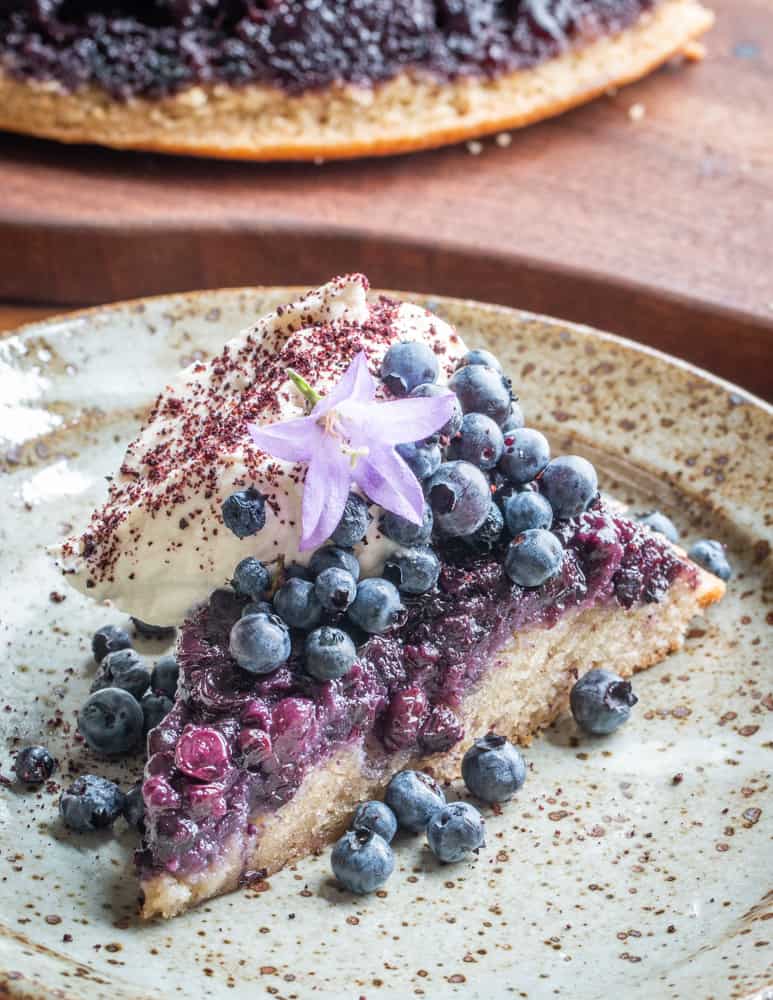
Berries With Sweetfern Sauce and Cookies
Inspired by ingredients of the pine barrens, we filmed this for episode 4 of my show Field Forest Feast.
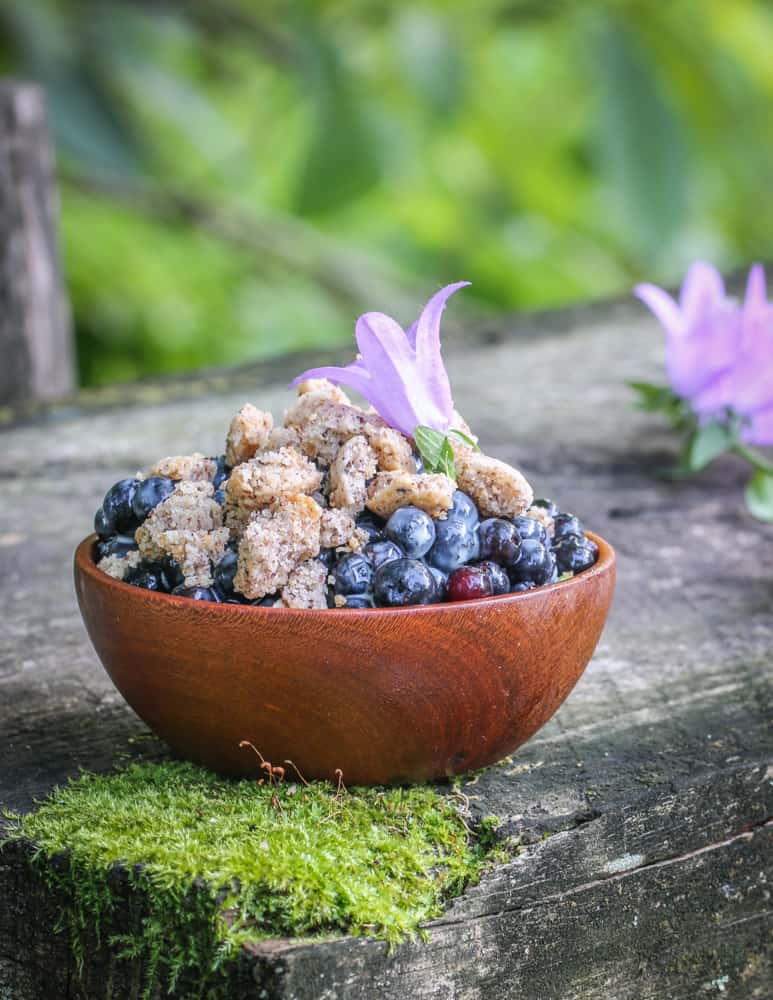
Blueberry Pie with Maple Sugar
A classic, all-American pie filled to bursting with blueberries. You'll need at least 6 cups of fruit.
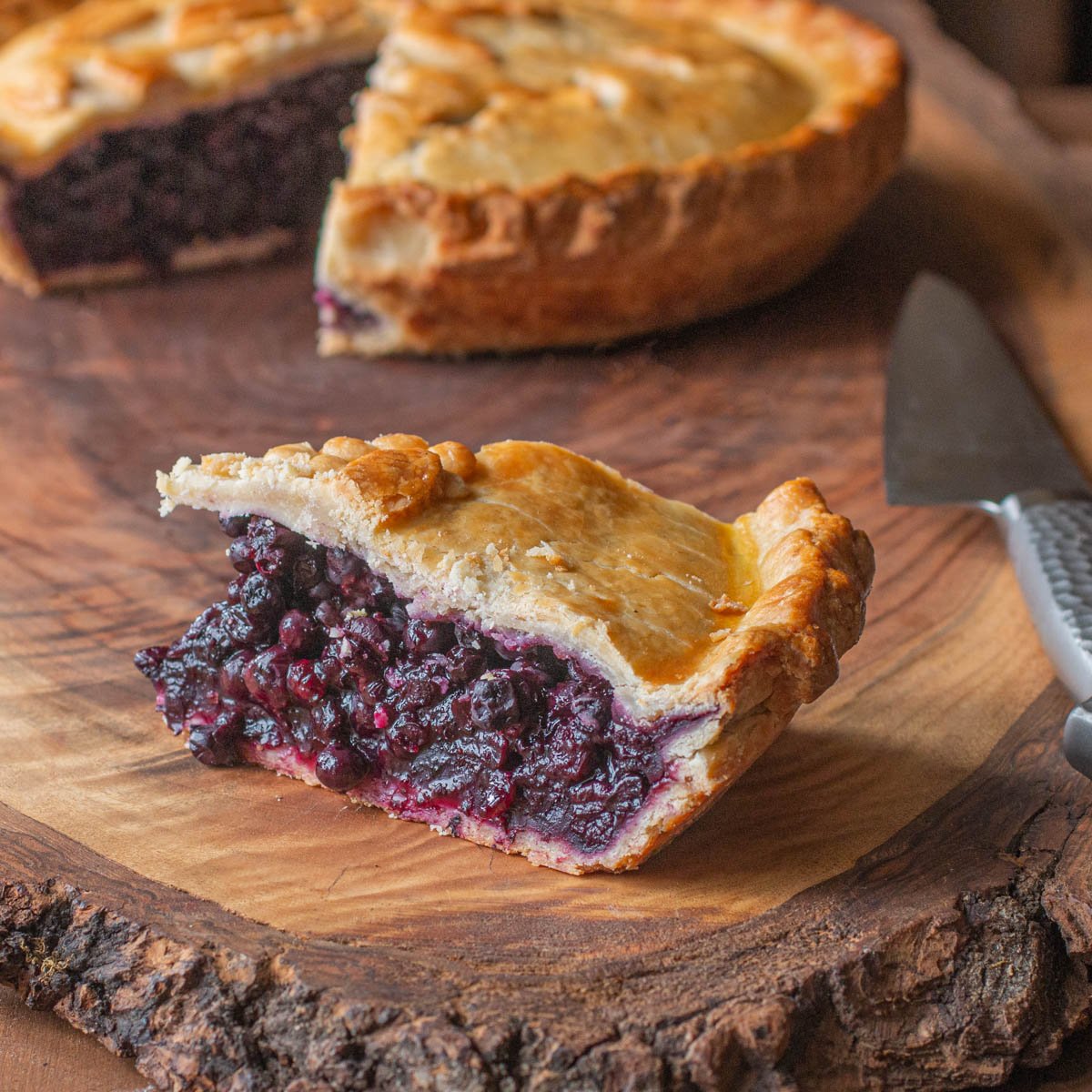
Homemade Fruit Leather
A timeless way to preserve fruit with little to no added sugar. You can make it with scraps leftover from juicing, or add serviceberries.
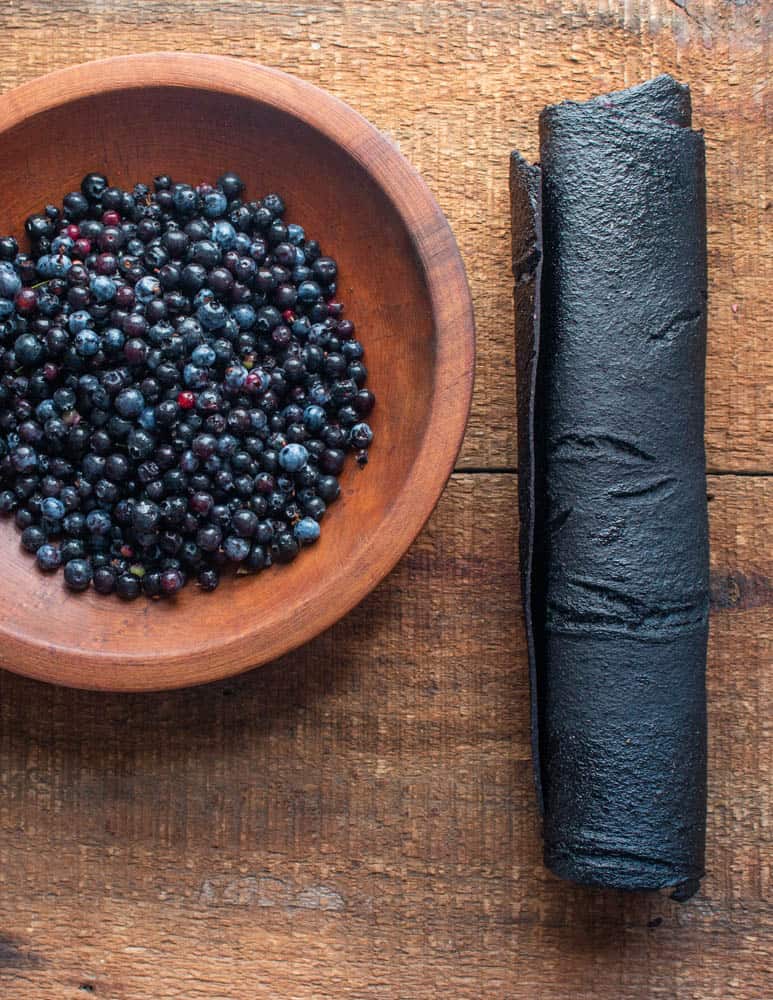
Fruit Molasses or Pekmez
An Eastern European treatment for mulberries where the juice is reduced to syrup. You'll need at least a gallon of blueberries to make a small batch.
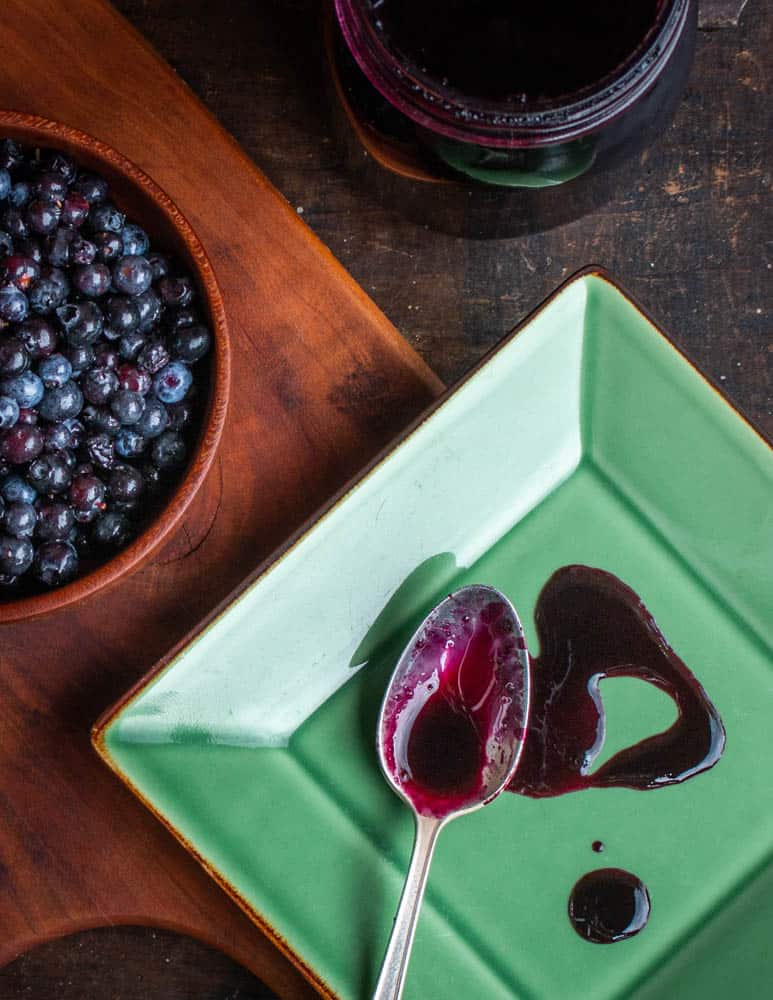
Preservation
Fresh wild blueberries will last for a week or longer in the refrigerator if stored with care. For the longest shelf life, store them in a hard-sided container with a tight-fitting lid.
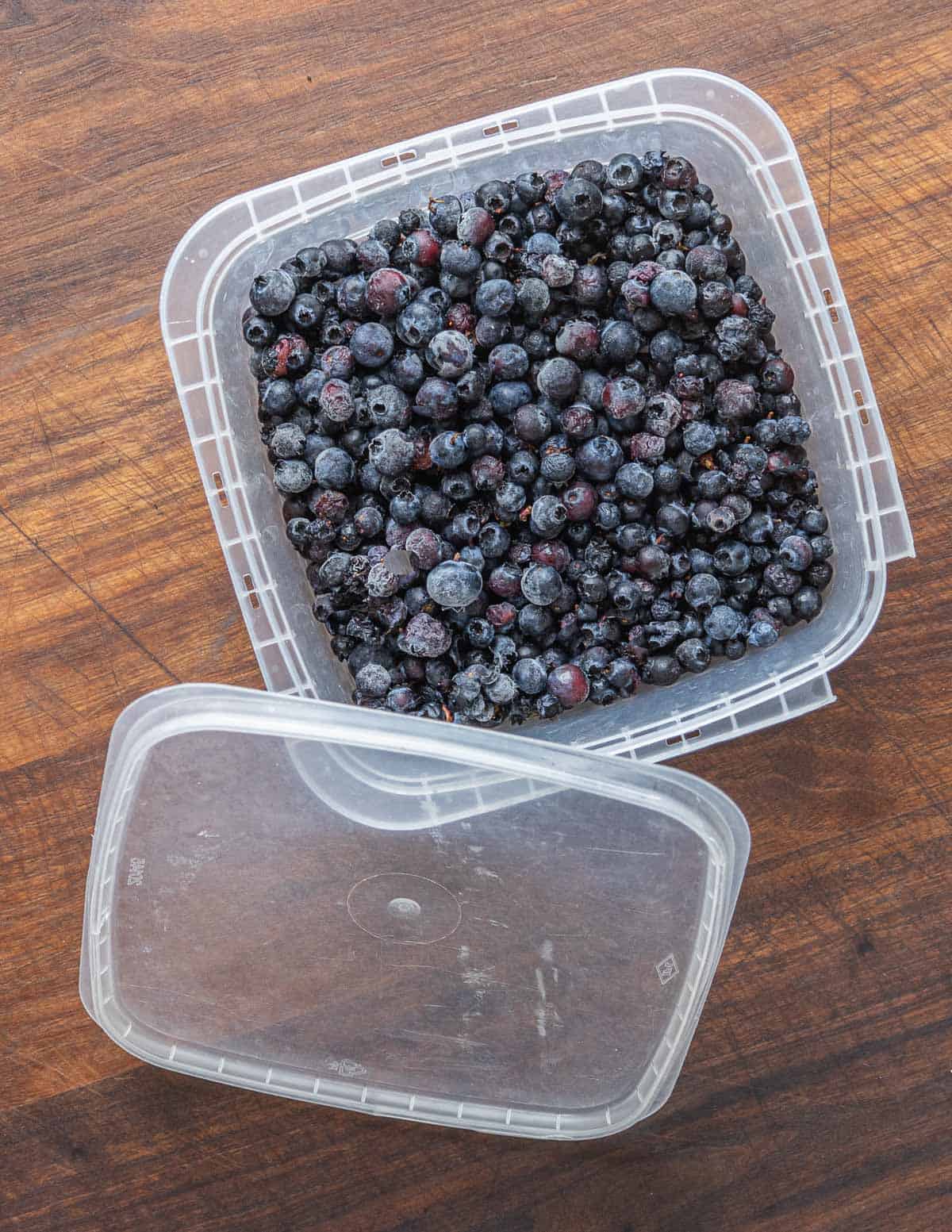
I freeze blueberries using the IQF (flash-frozen) method restaurants and industrial producers use. To do that, freeze the berries on single layers on cookie sheets in the freezer.
Below: frozen wild blueberries ready to be portioned.
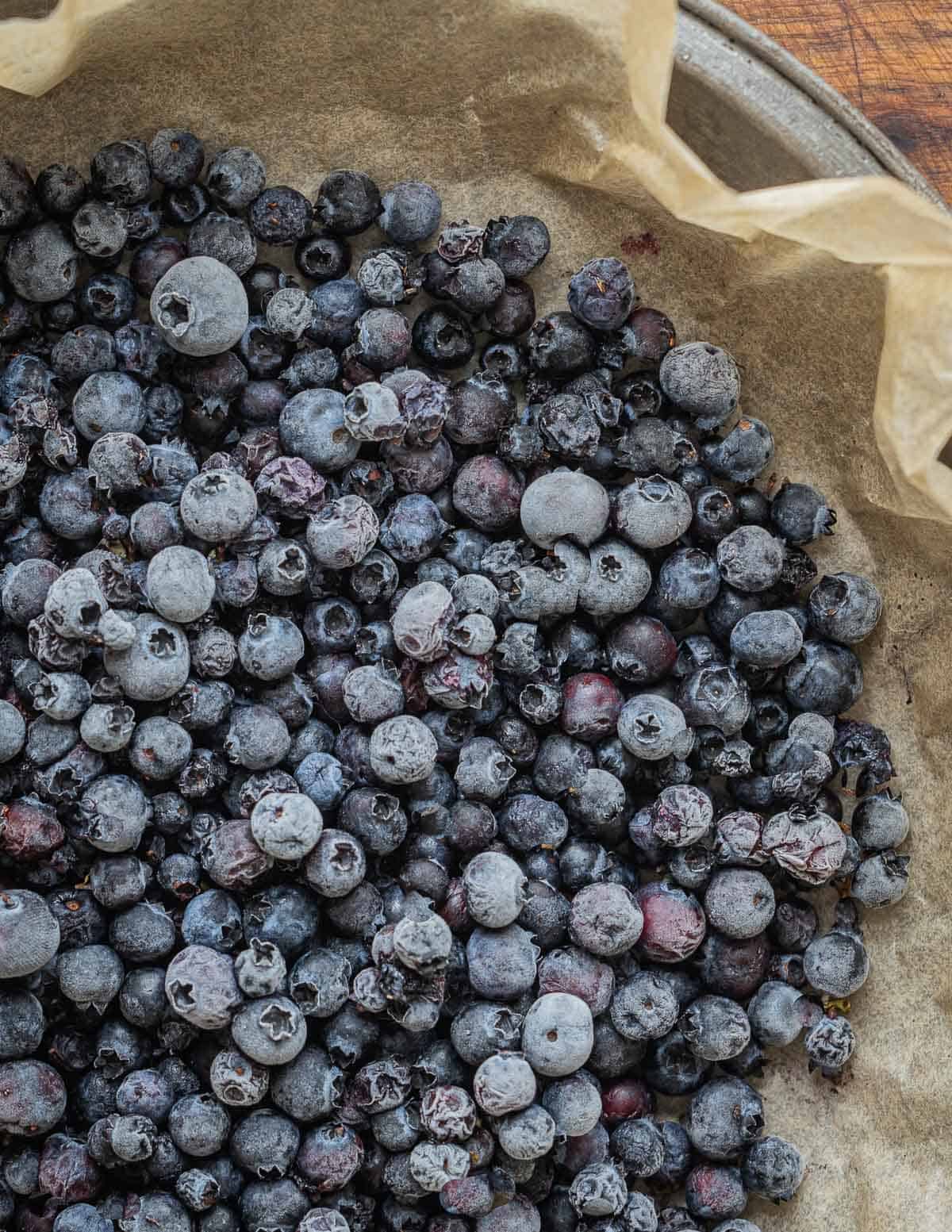
When the berries are frozen, transfer them to zip loc bags or containers with tight-fitting lids, or whatever portion you like and refreeze, pulling from the freezer as needed.
Blueberries can be dehydrated without sugar to use as rehydrated berries, eat-as is, or ground to a powder and added to smoothies, baked goods and desserts like my wild fruit truffles below.
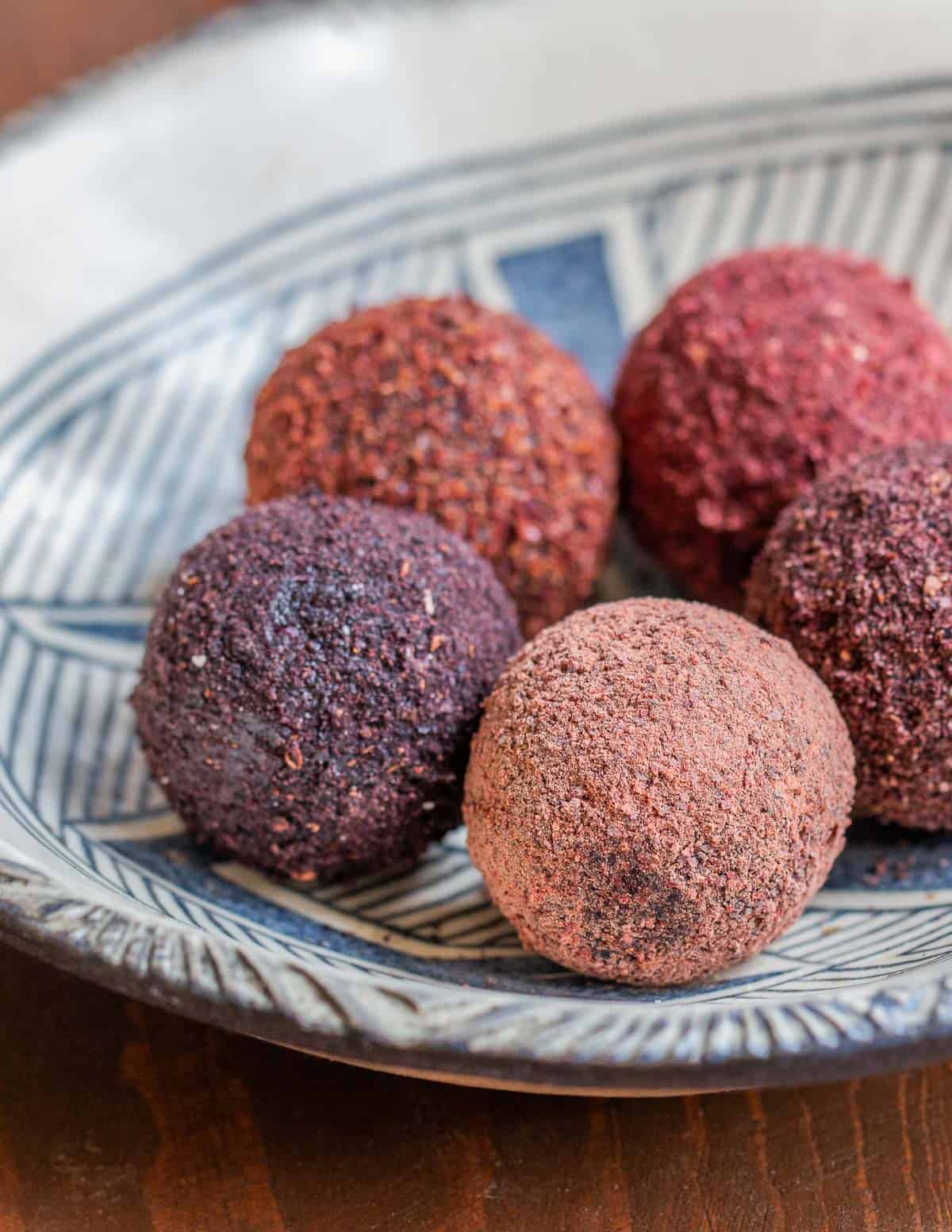
To dehydrate wild blueberries, put them whole in a dehydrator and dry on medium-high heat (125 F) for 2-3 days or until completely bone dry. They can be stored in a jar at room temperature for years.
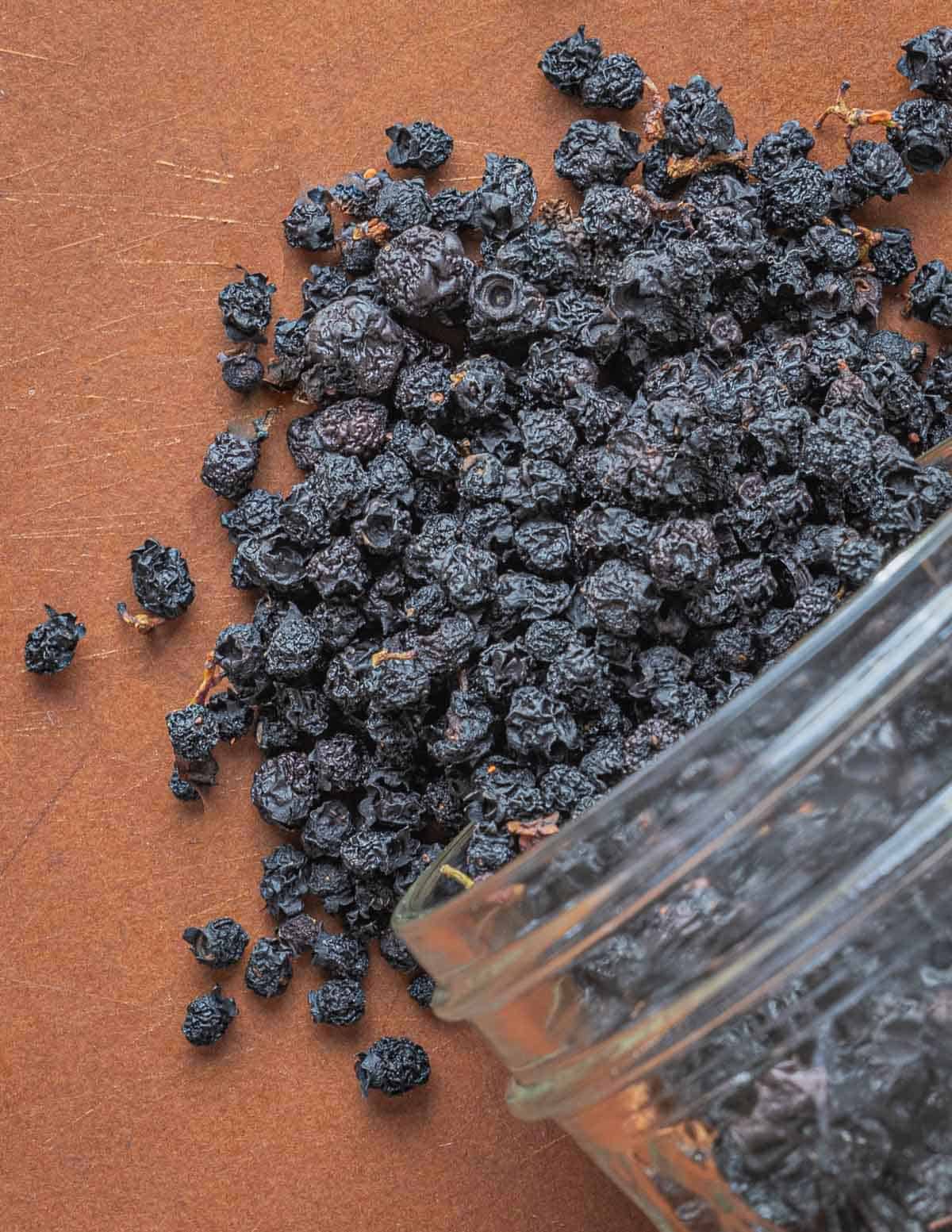
Video
More Wild Fruit
Wild Blueberries vs Cultivated Blueberries
Cultivated varieties are larger, but can be bland and may be picked unripe before transport. Wild fruit are smaller, but are often superior in flavor, picked at the peak of ripeness.
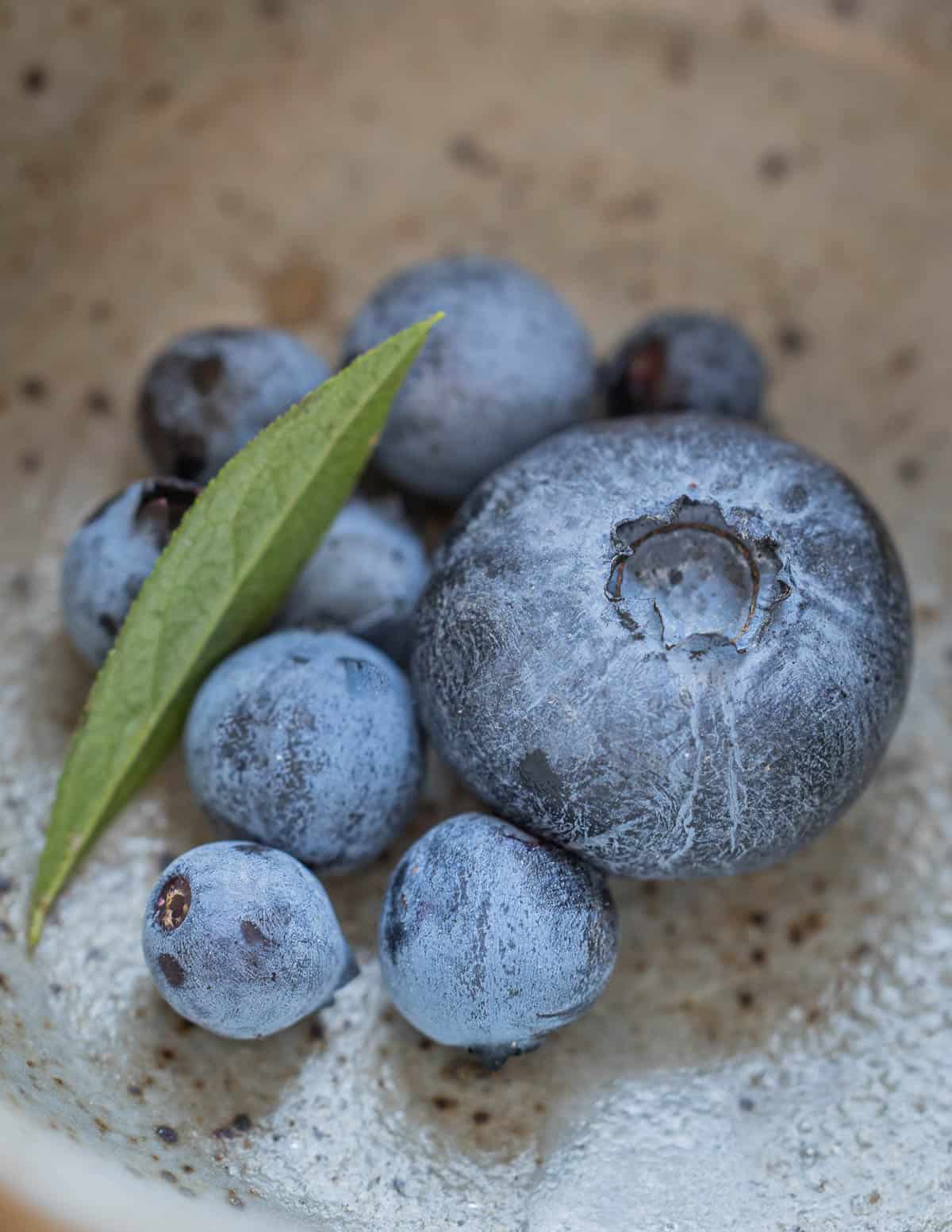
The popular Wyman's brand do not taste like truly wild fruit to me. They're often watery and bland-better with maple syrup. Sam Thayer mentioned the difference in flavor could be due to the companies management practices, or lack of a standardization between suppliers. I see a similar phenomenon in Bison meat sourced from groups of farms vs a single farm.
According to Blueberries, wild blueberries have 2x the antioxidants of cultivated blueberries, and provide more fiber as more berries are eaten by weight. They also claim wild blueberries have 33% more anthocyanins, a key compound in many darkly pigmented fruits that can be increased by sunlight.

Denis Klopotan
Great article!! I rarely comment but had to :))
Alan Bergo
Thanks Denis.
Linda
I picked lowbush blueberries on a mountaintop commercial farm as a kid. We got 25 cents a half bushel. The trick to using the rake is to tease the berries off gently, shaking the rake back and forth. And cleaning the sticks and leaves out of the rake continually by brushing upward on the botton of the rake. Done correctly, the berries will not glisten in the sun (they should remain dry, otherwise you smushed them!) The farm owner would tell us he would not pay us for baskets of wet berries. Done the correct way, you will get a basket of dry berries without sticks and leaves, no need to winnow much later. 🙂
Brian
I prefer picking by hand because then I can go back to the same patch multiple times during the season as they ripen and get bigger.
Alan Bergo
I also go to the same patch multiple times. But I try not to go out for less than 5 gallons.
Kampus Swasta terbaik
that's so sweet.
Ann Marie
We pick wild blueberries on our property every year. Everyone looks forward to the pie!! Just the best. Thanks for sharing all you know.
Alan Bergo
Thanks Ann Marie. Hope you have a good season.
Thea
Thanks for the heads-up about the berry rake!
Alan Bergo
It works really well.